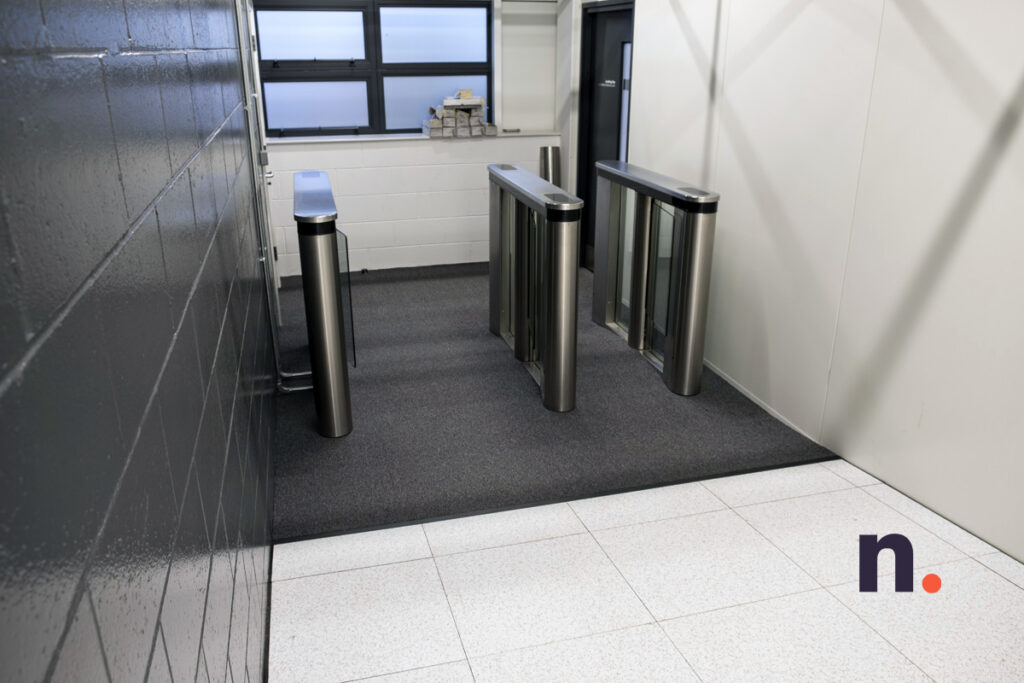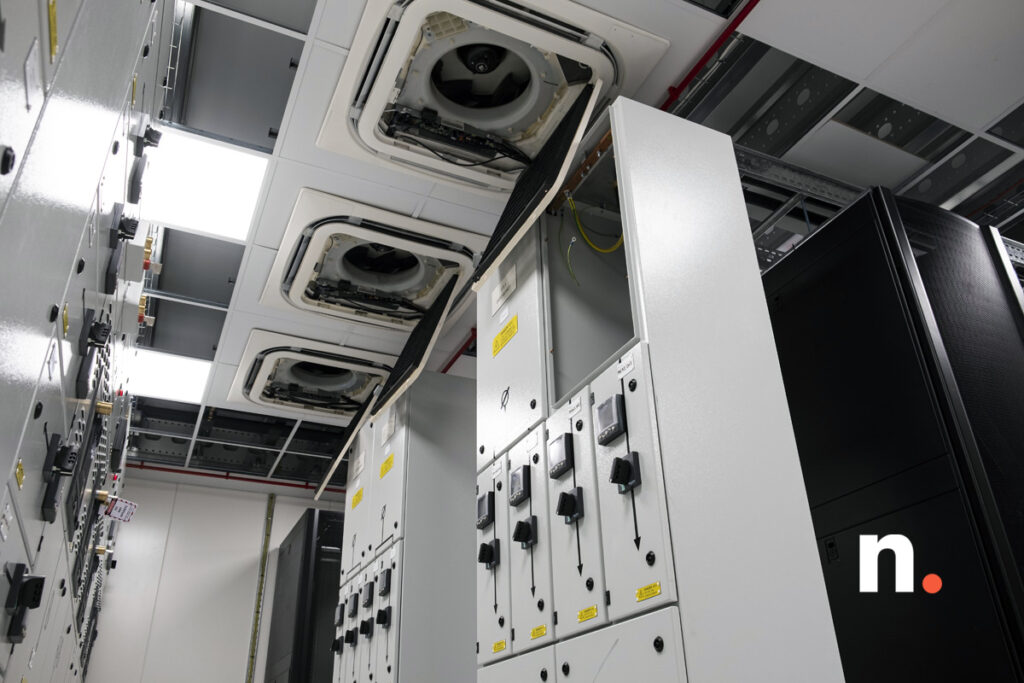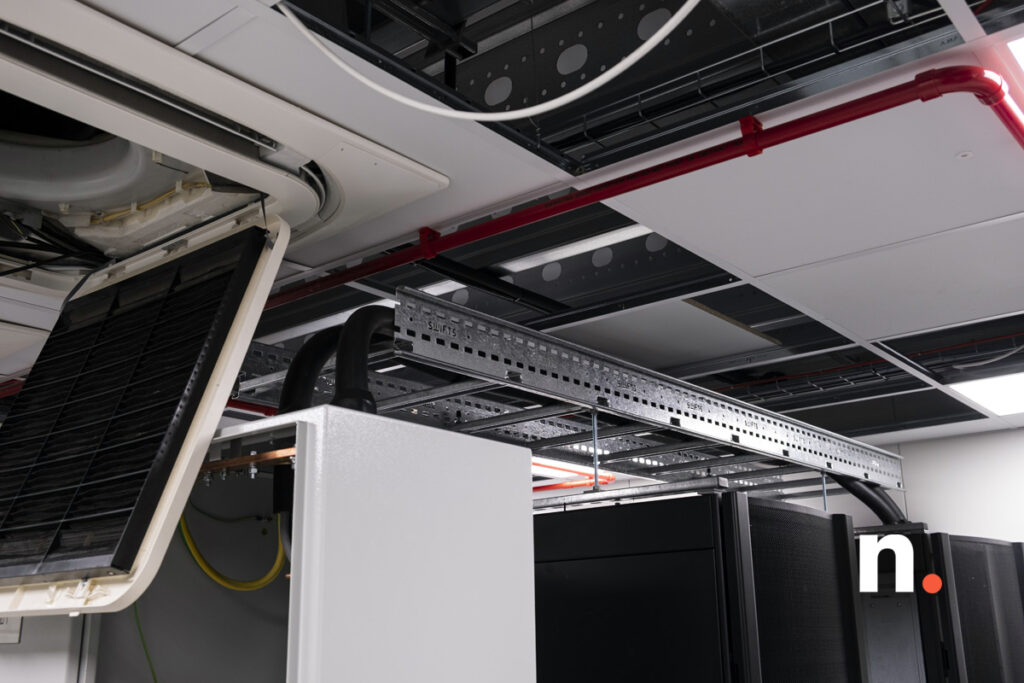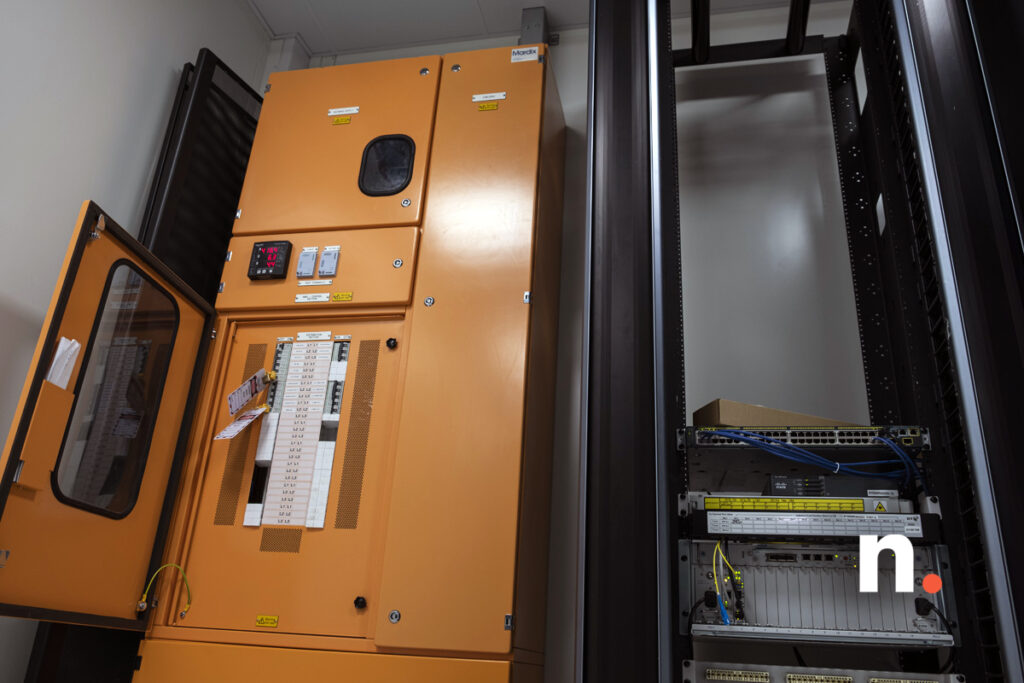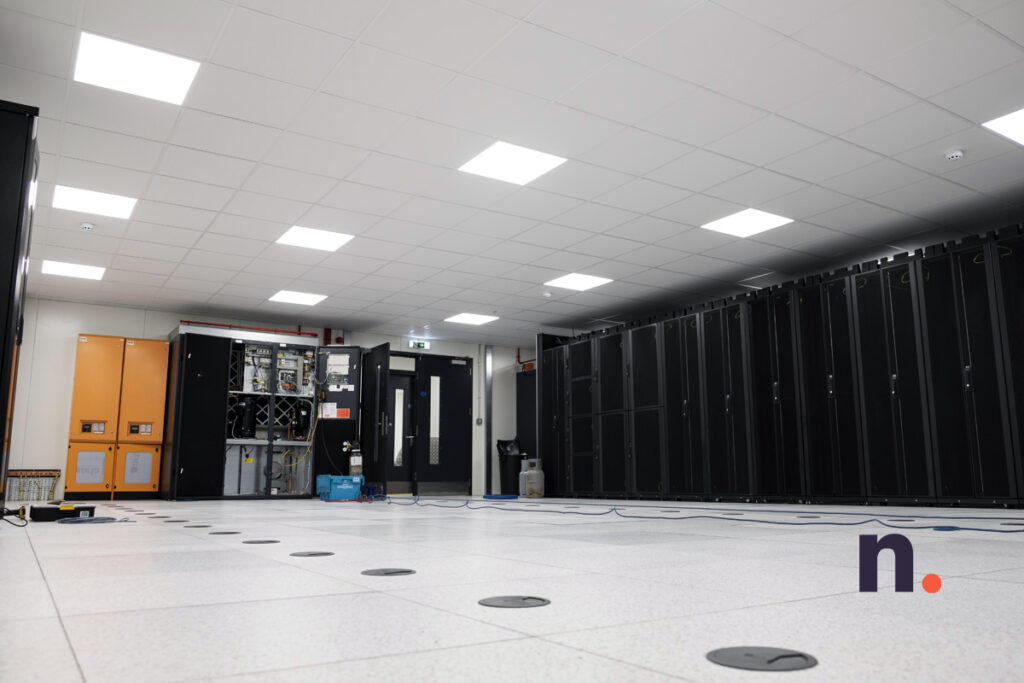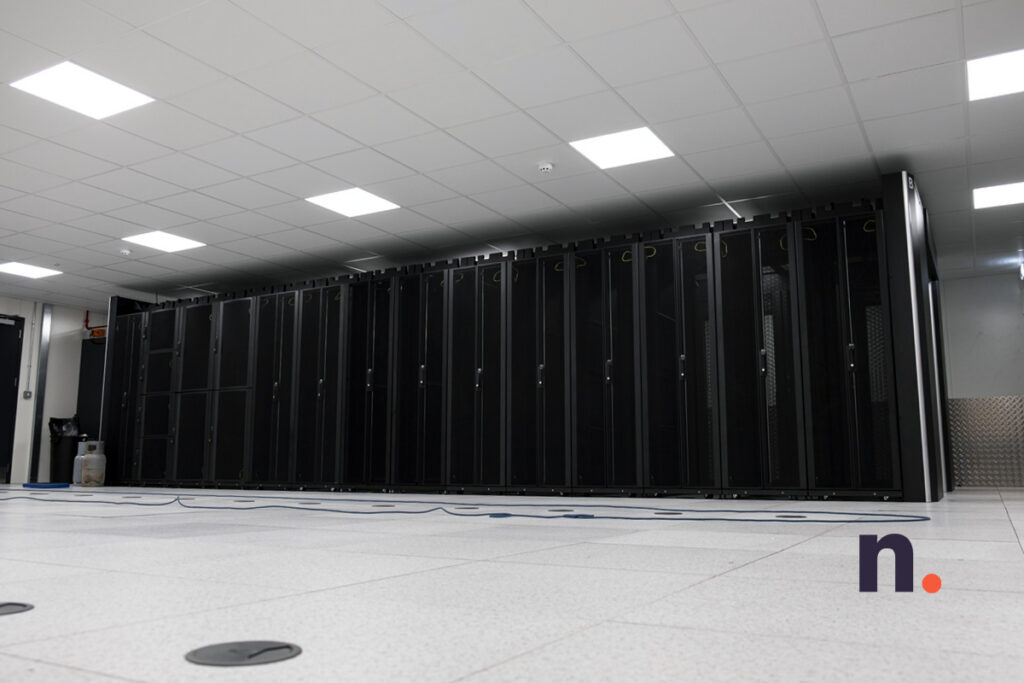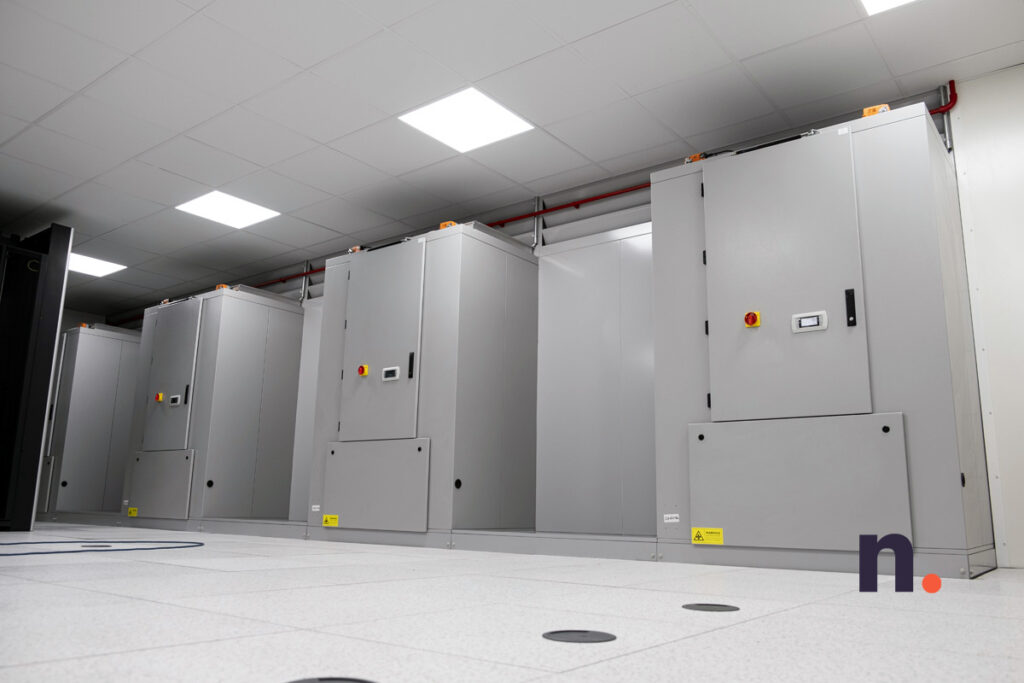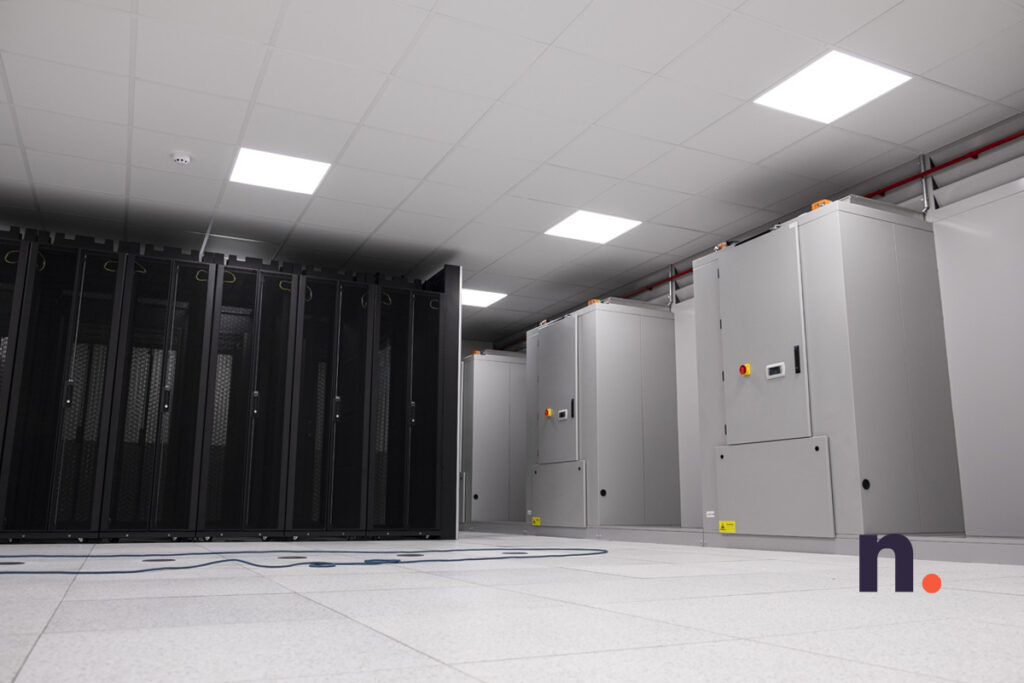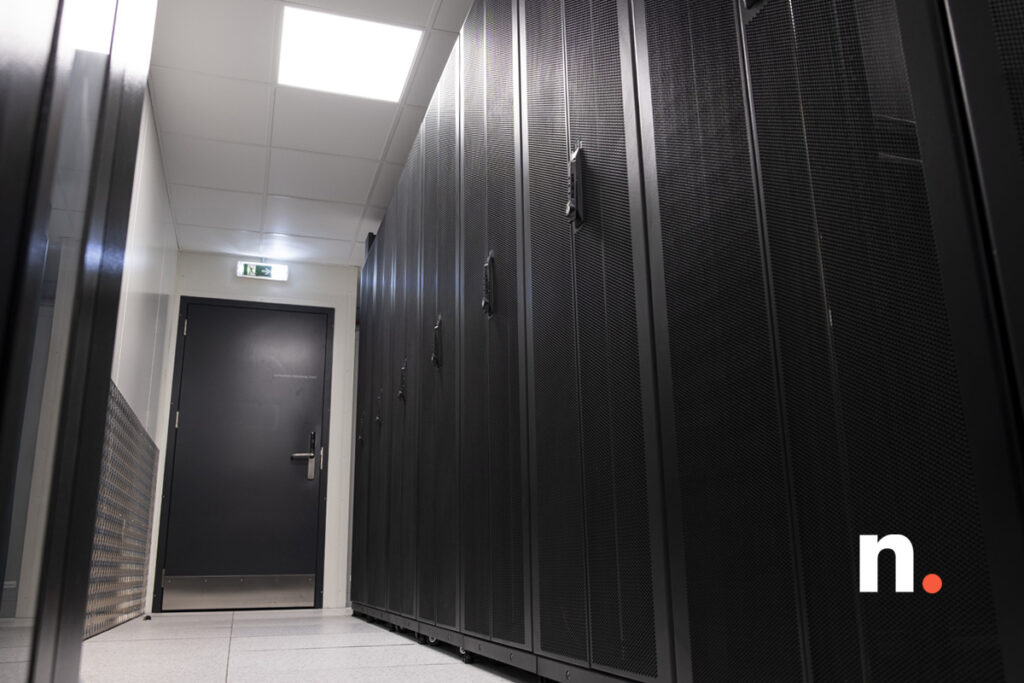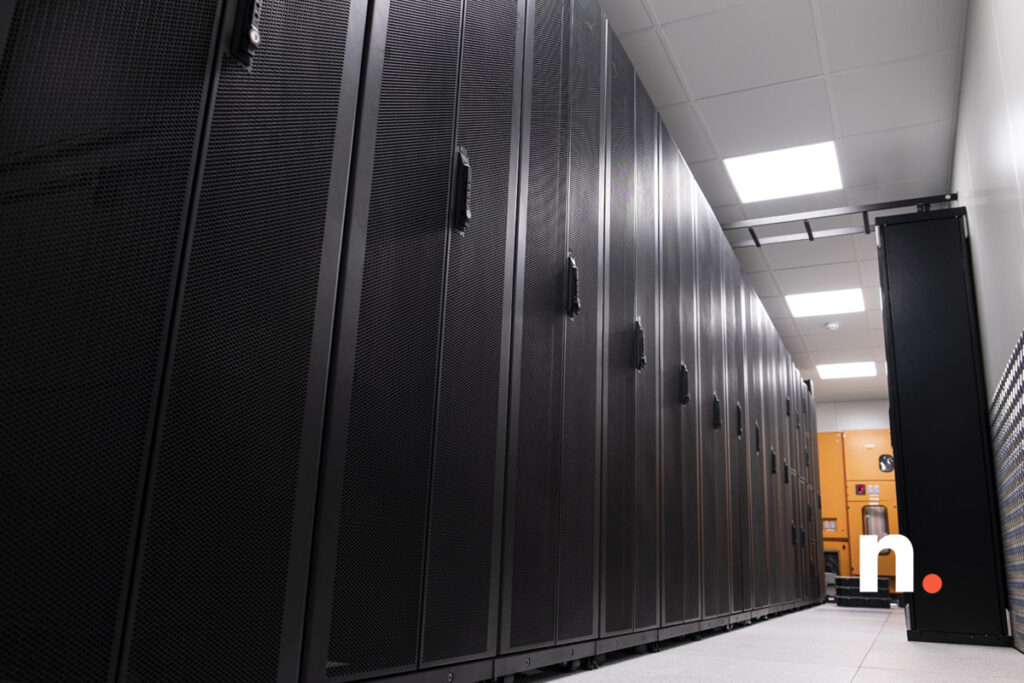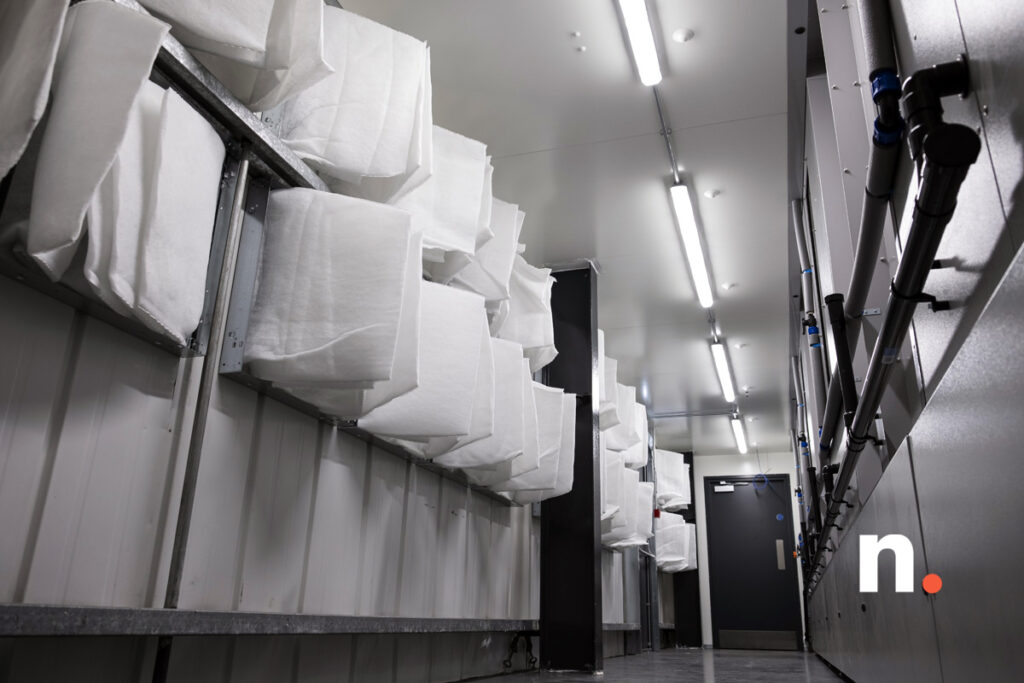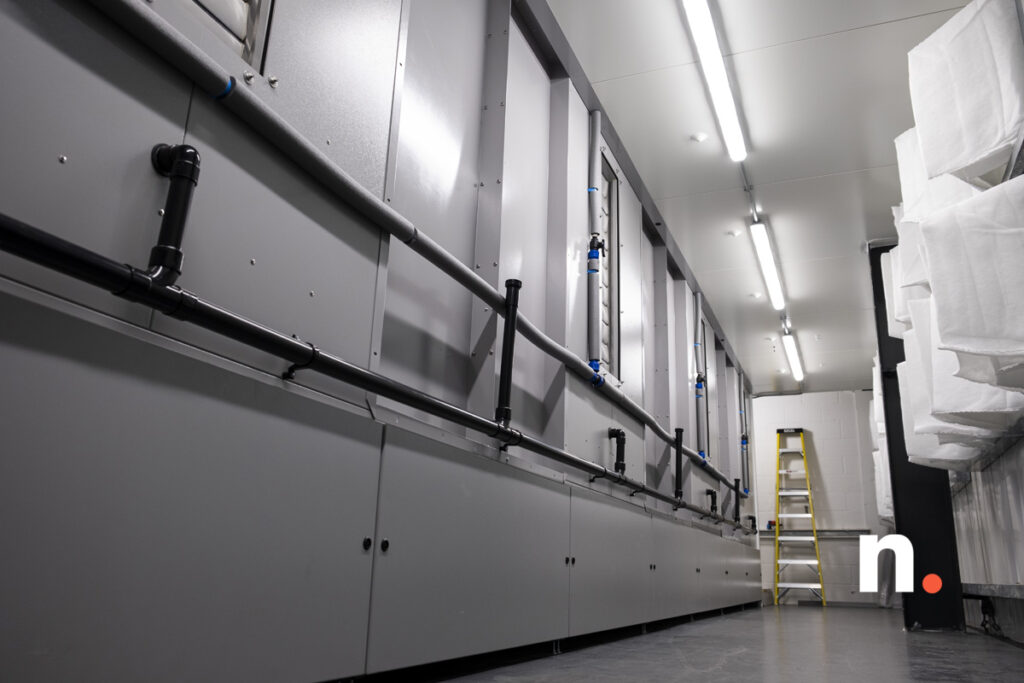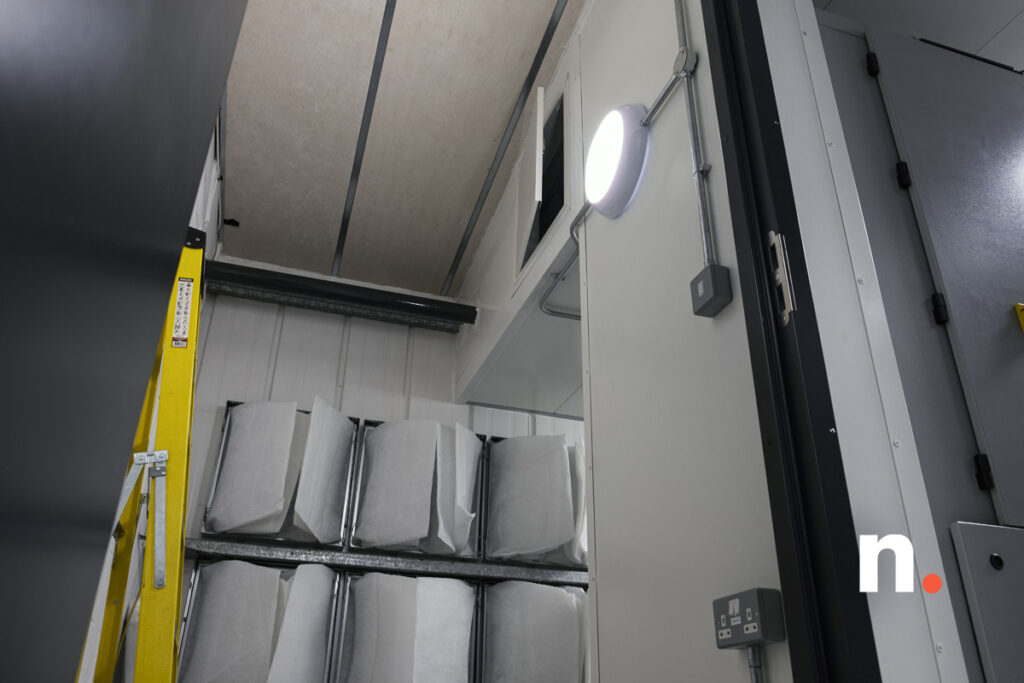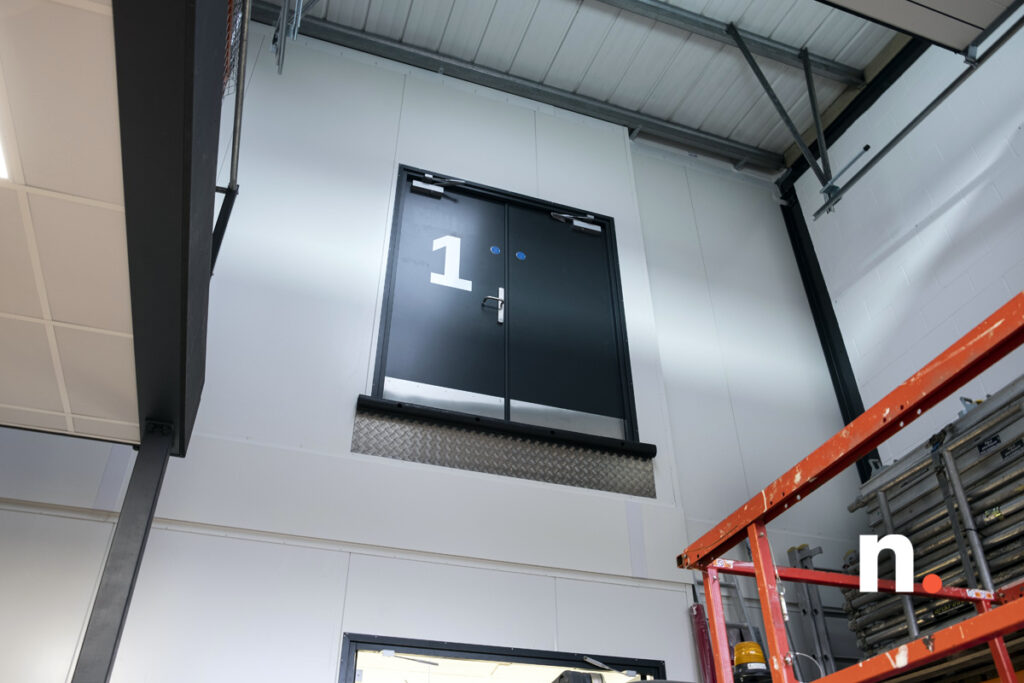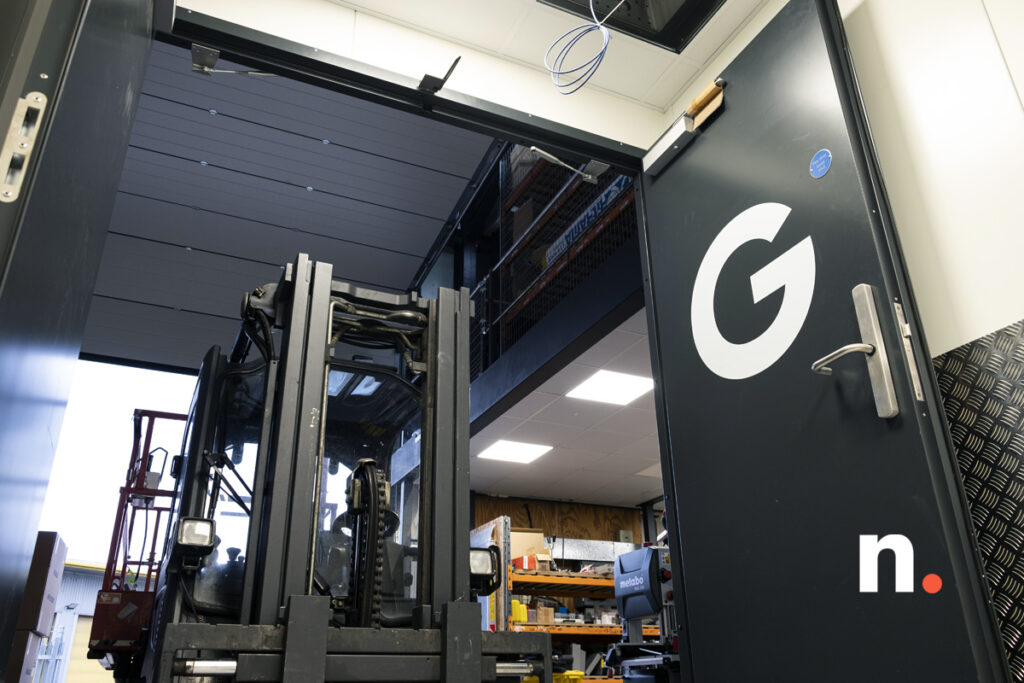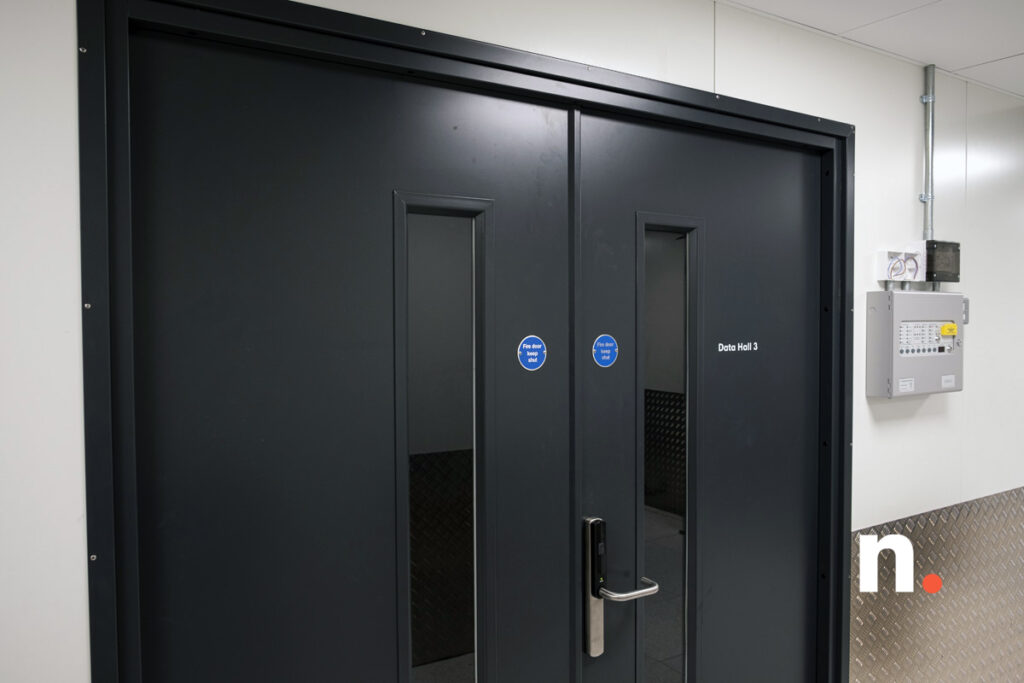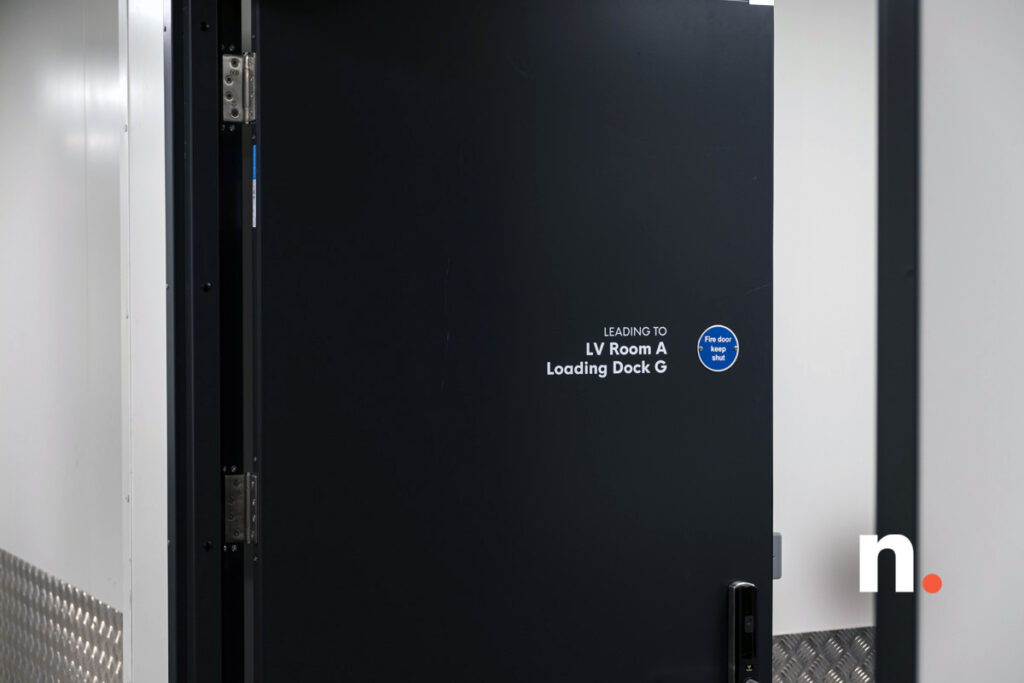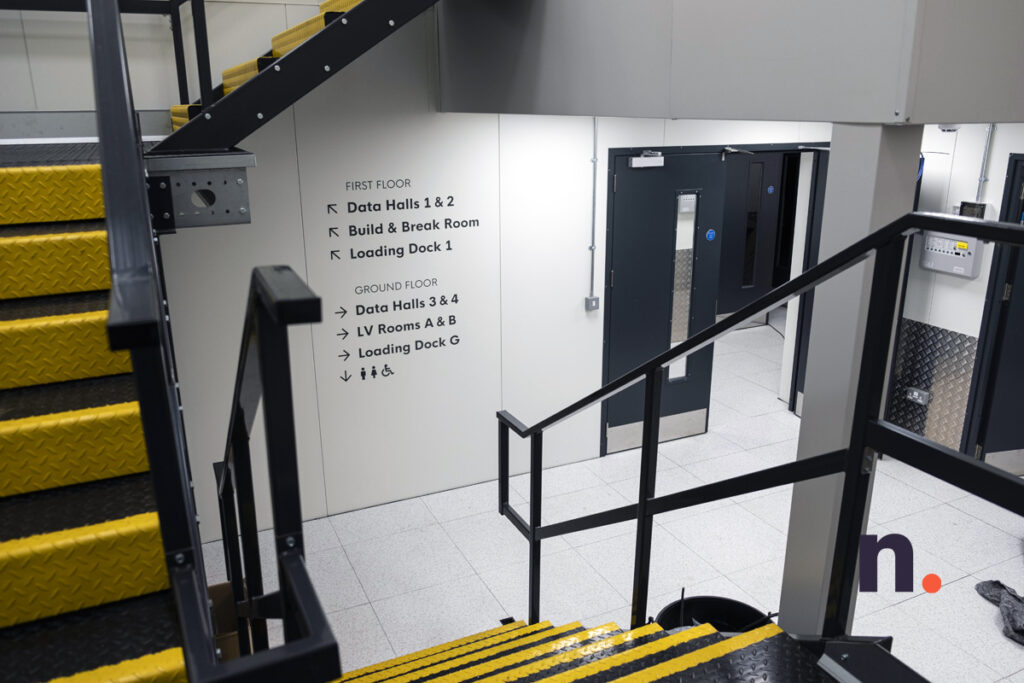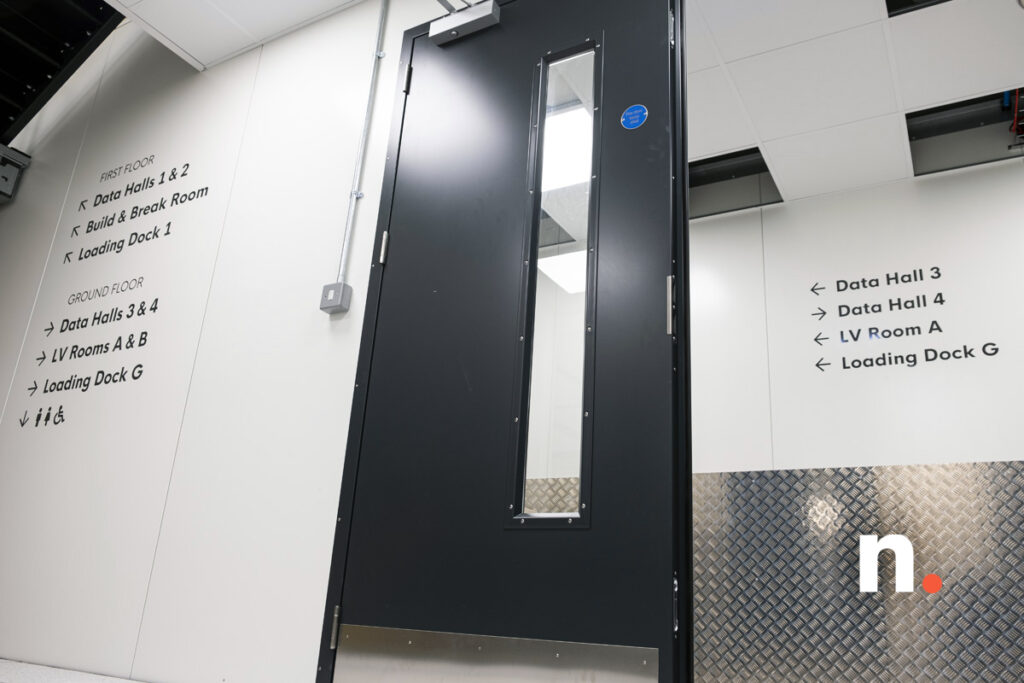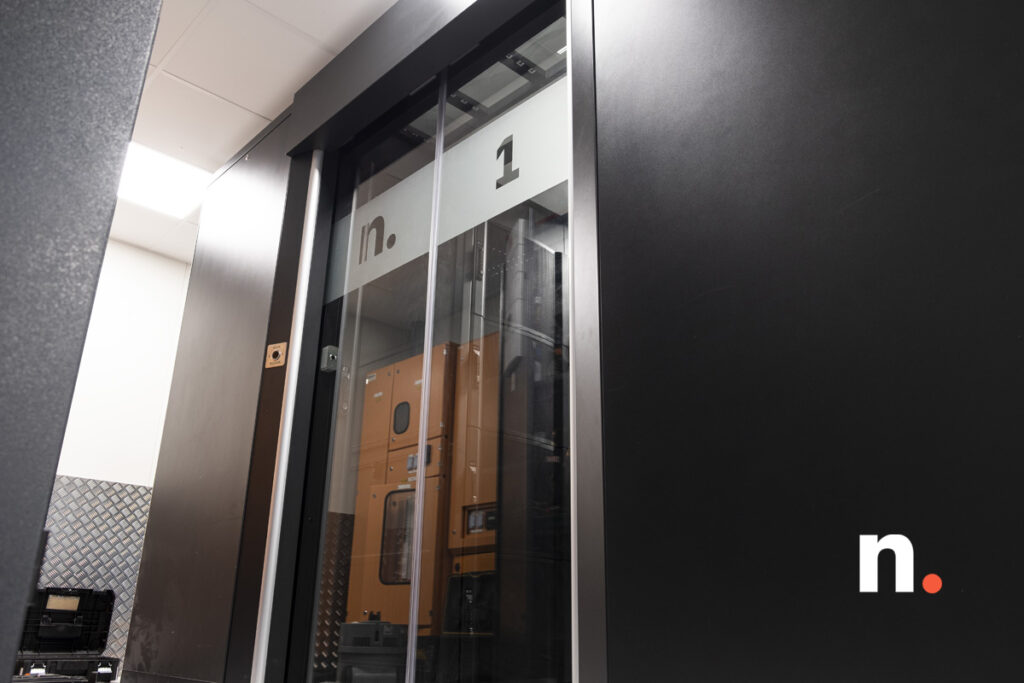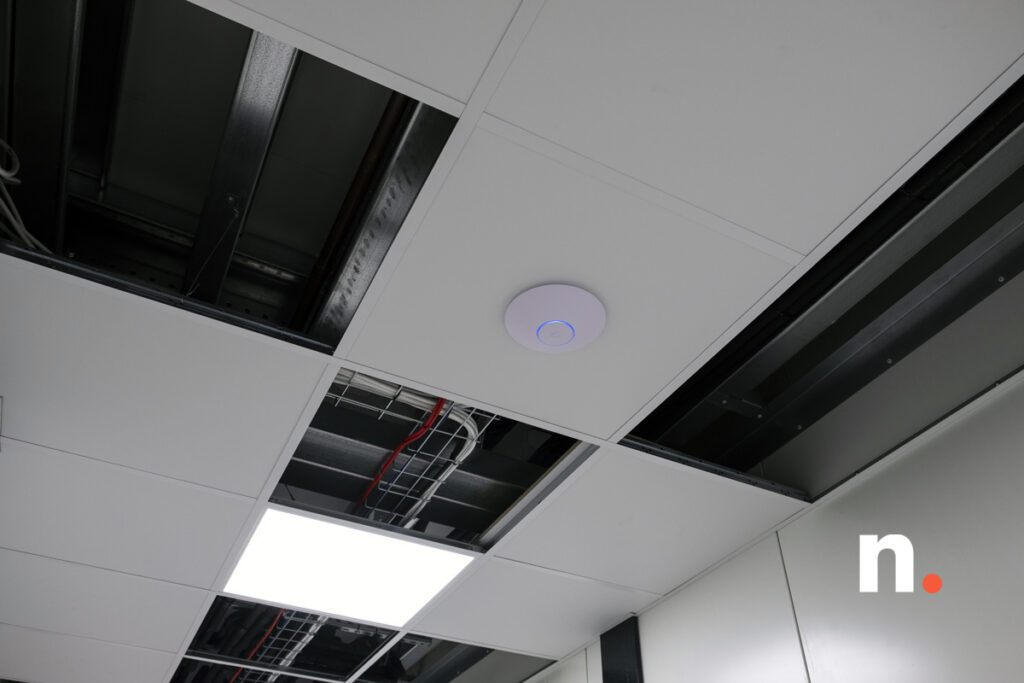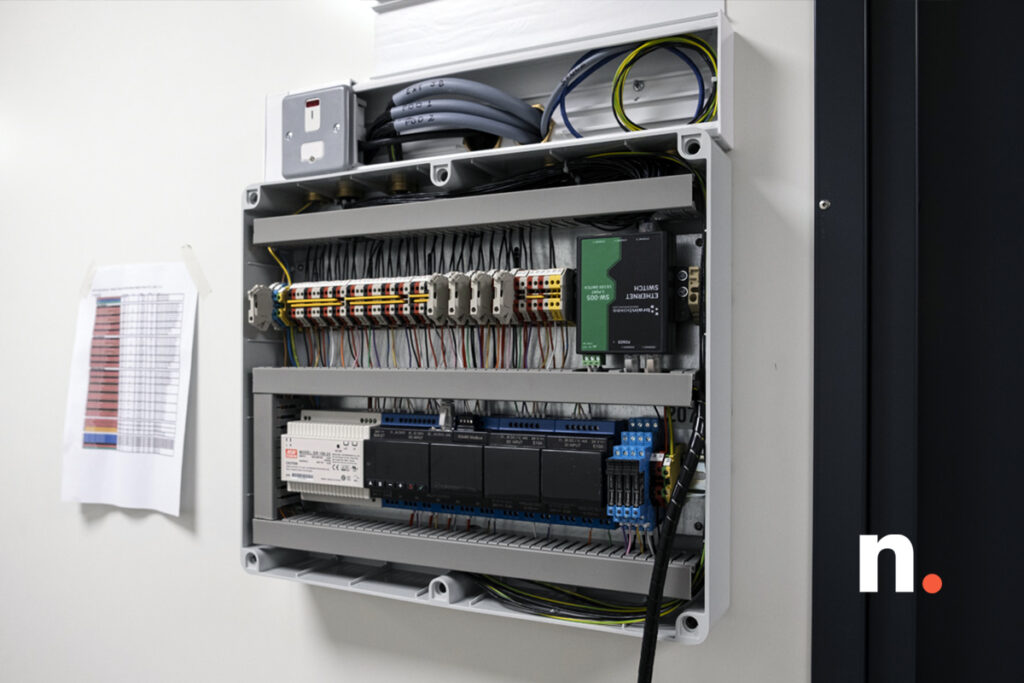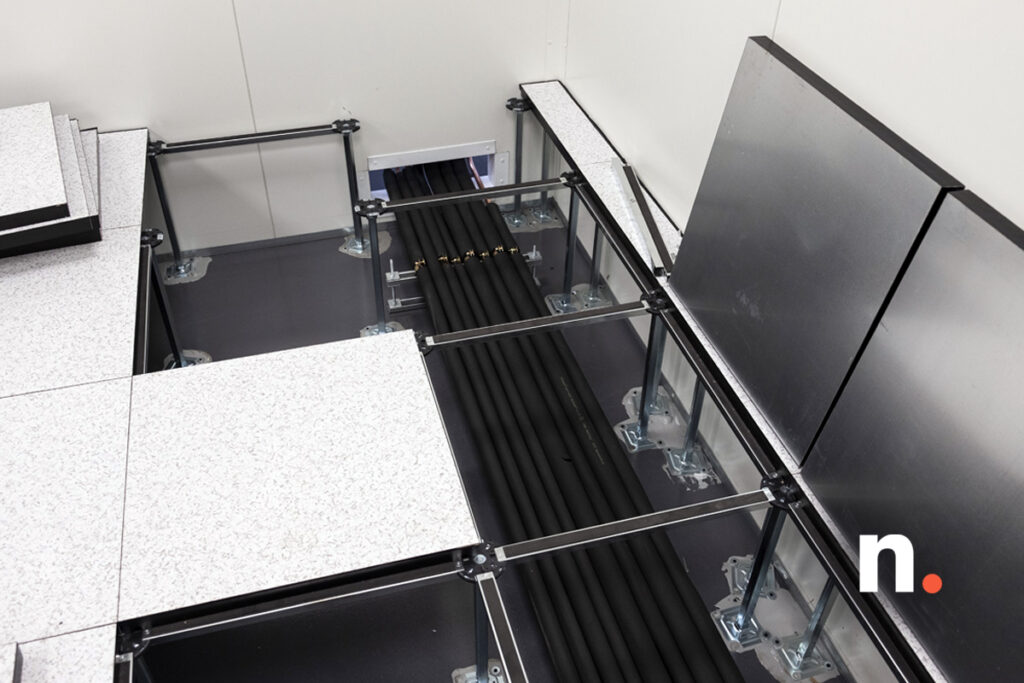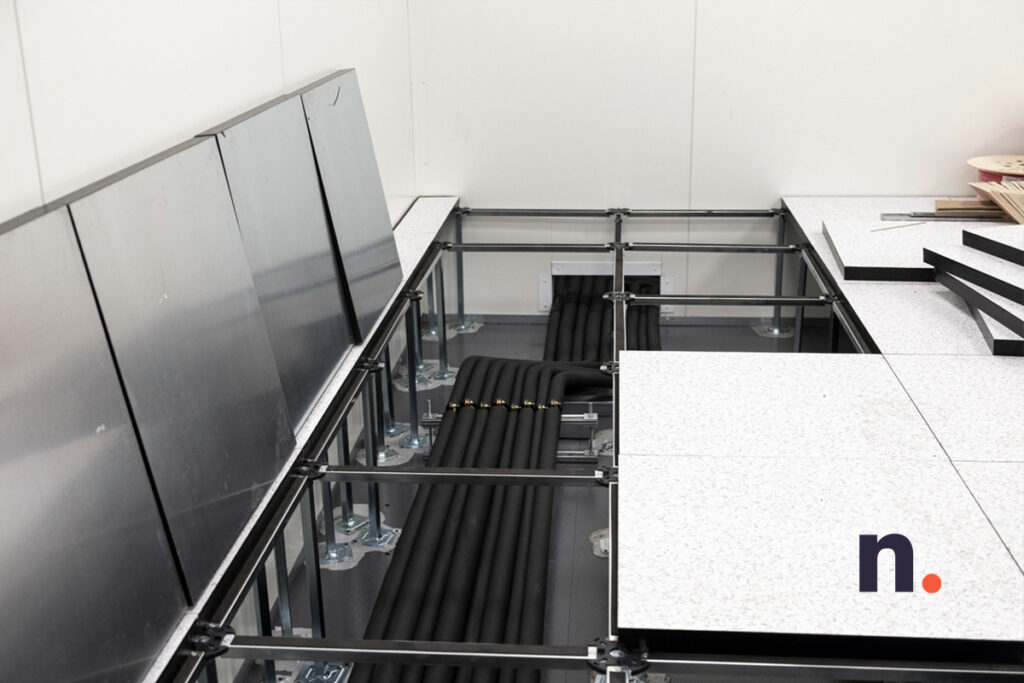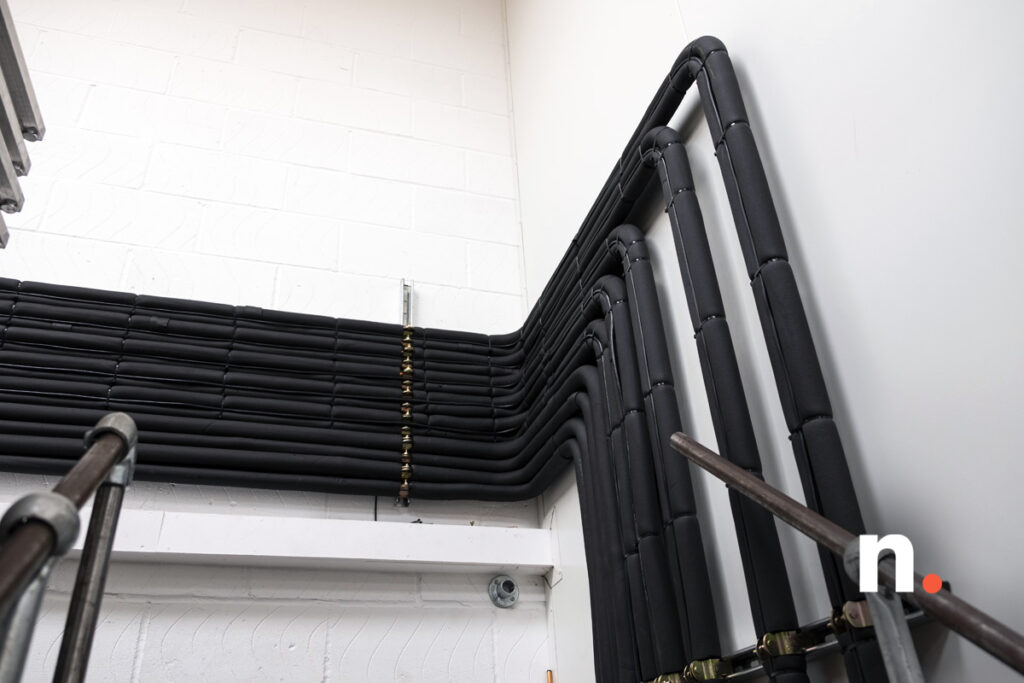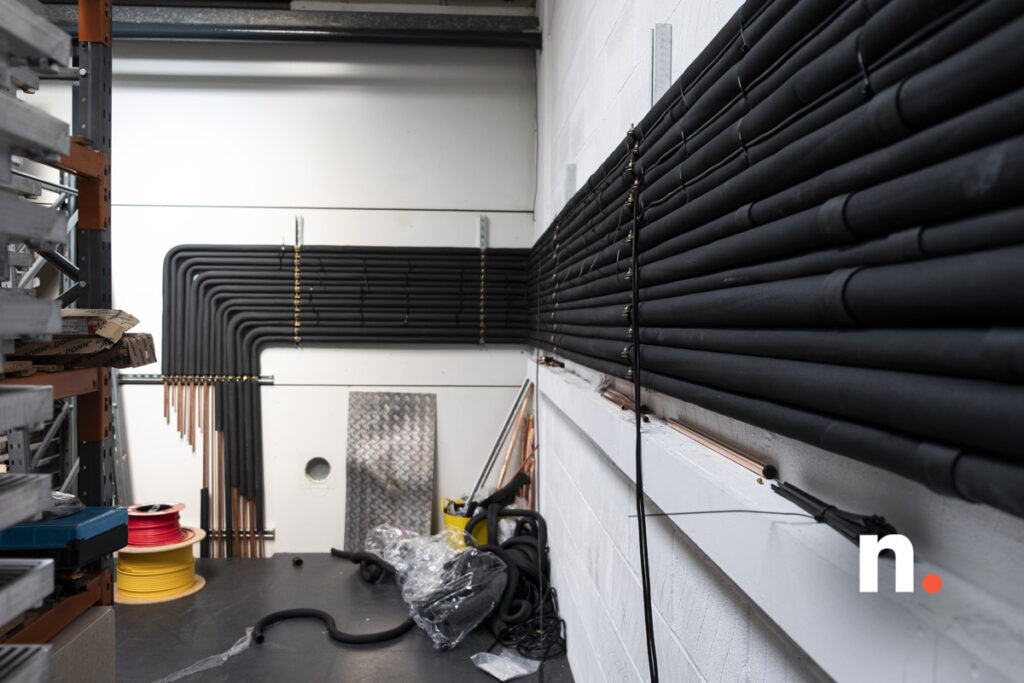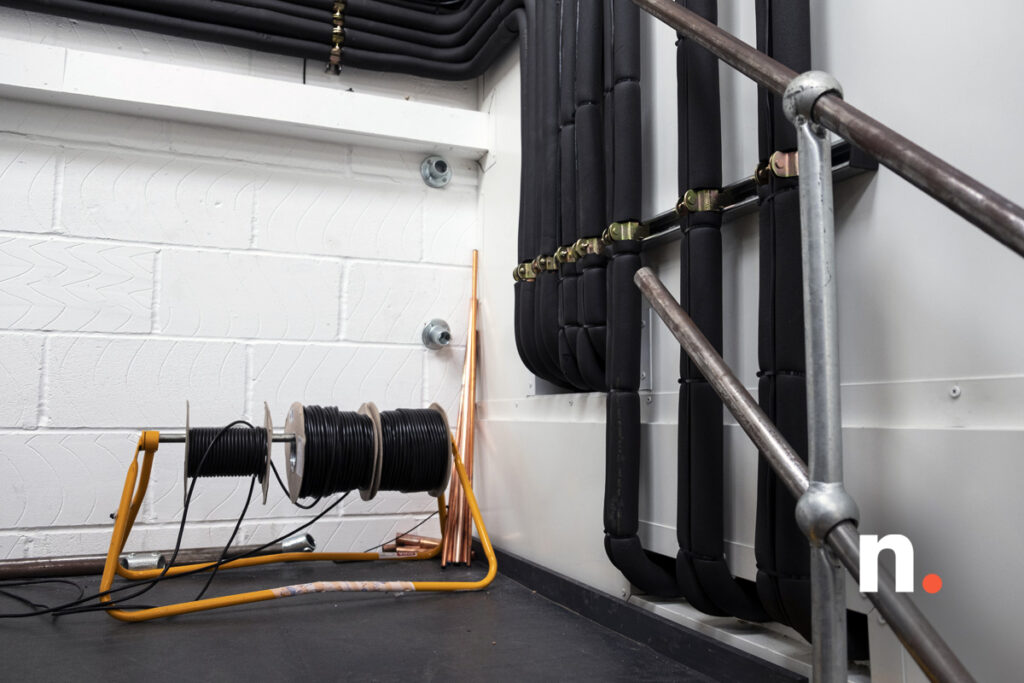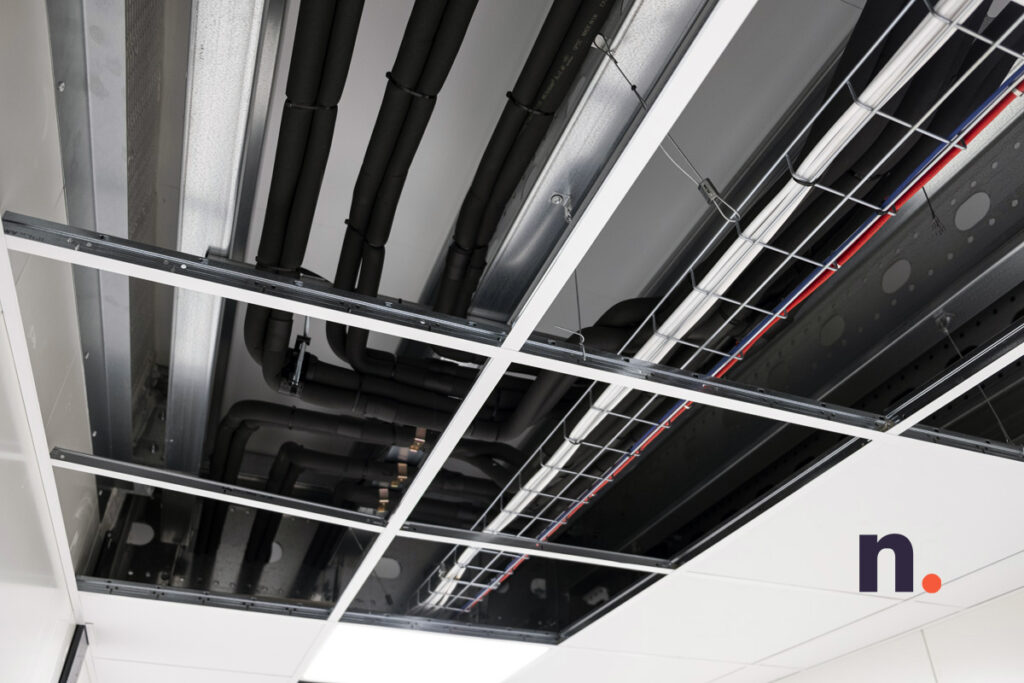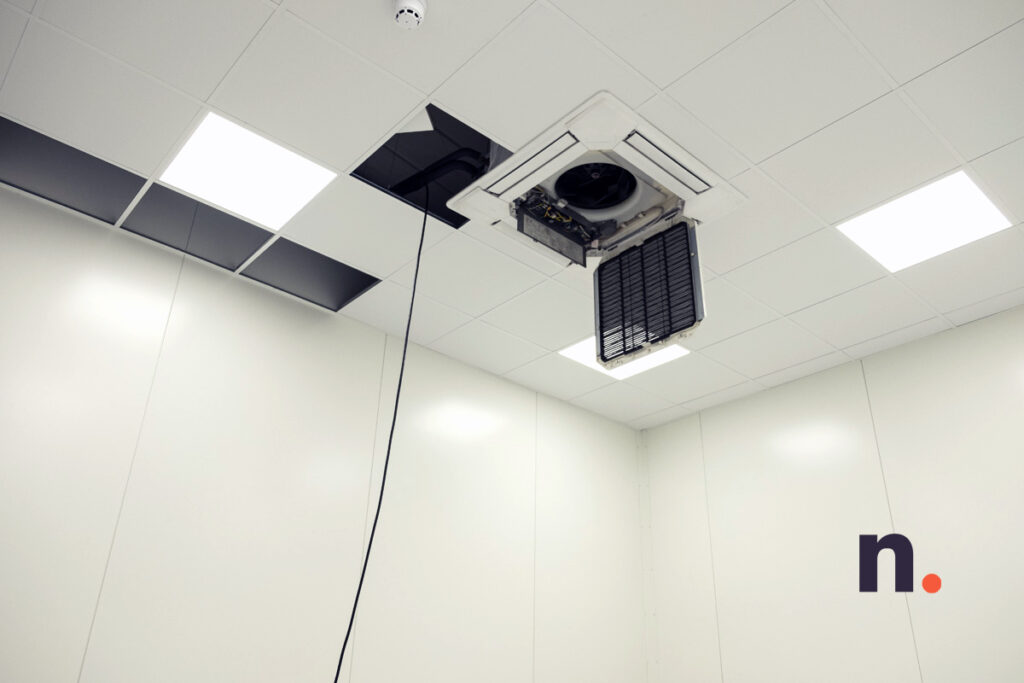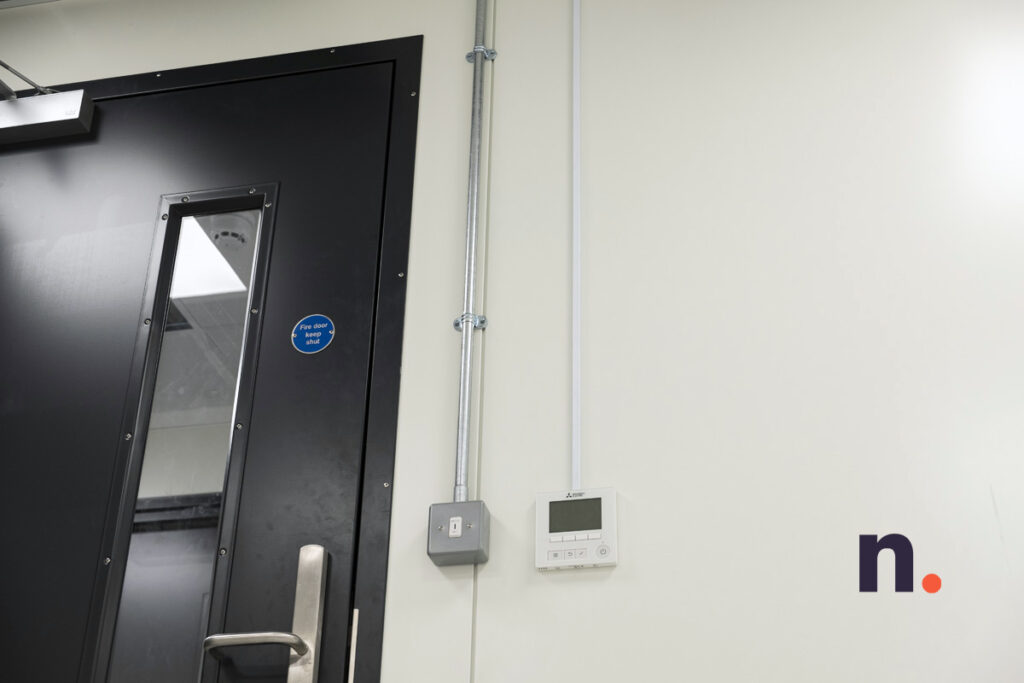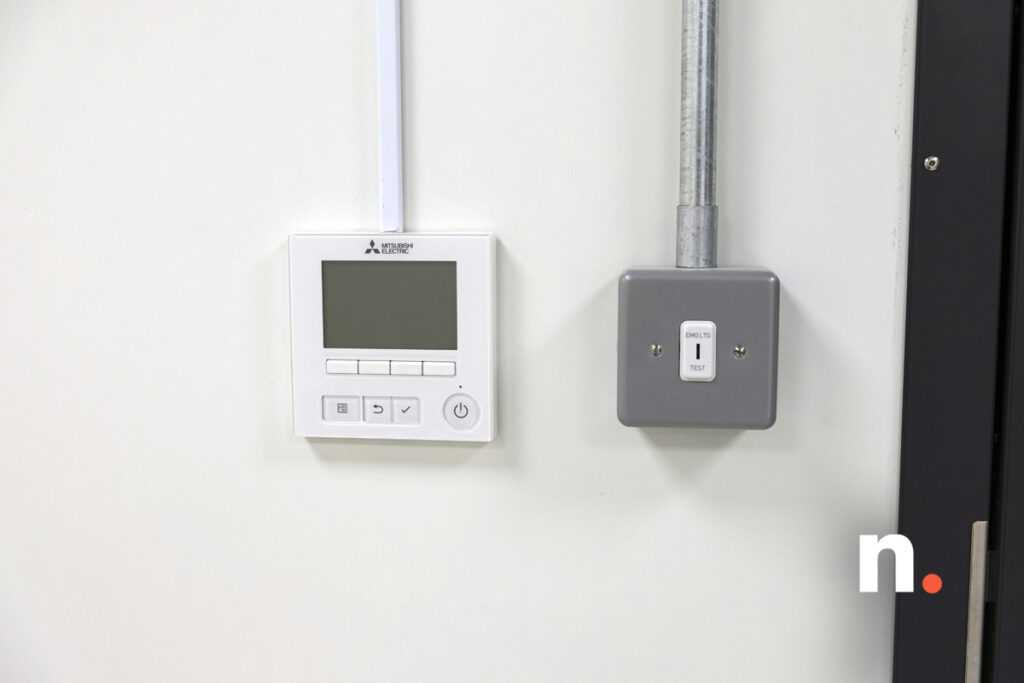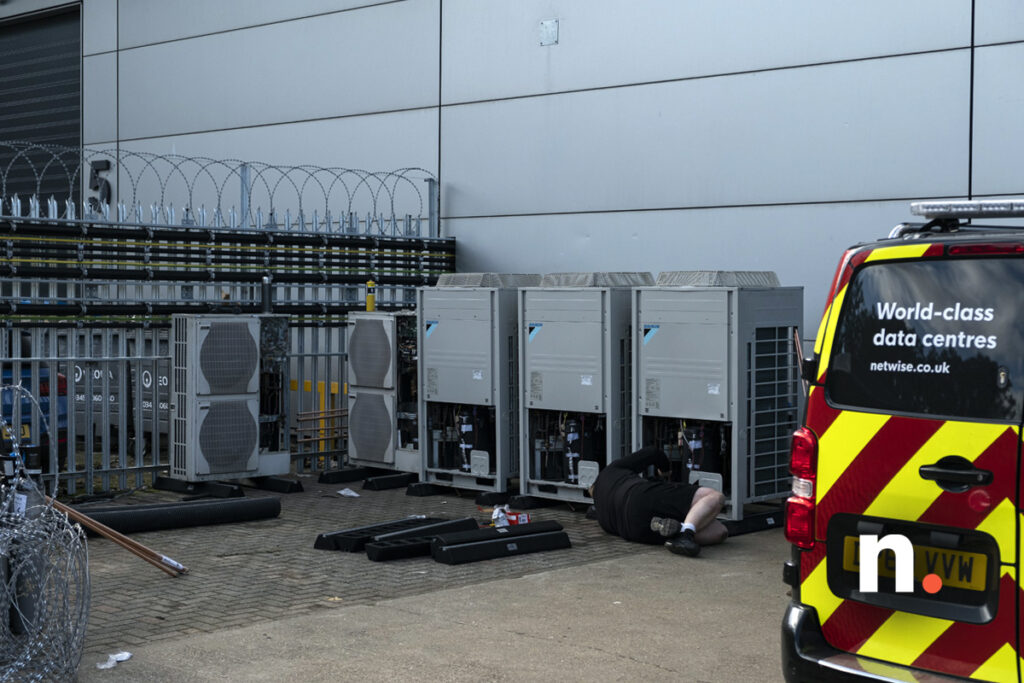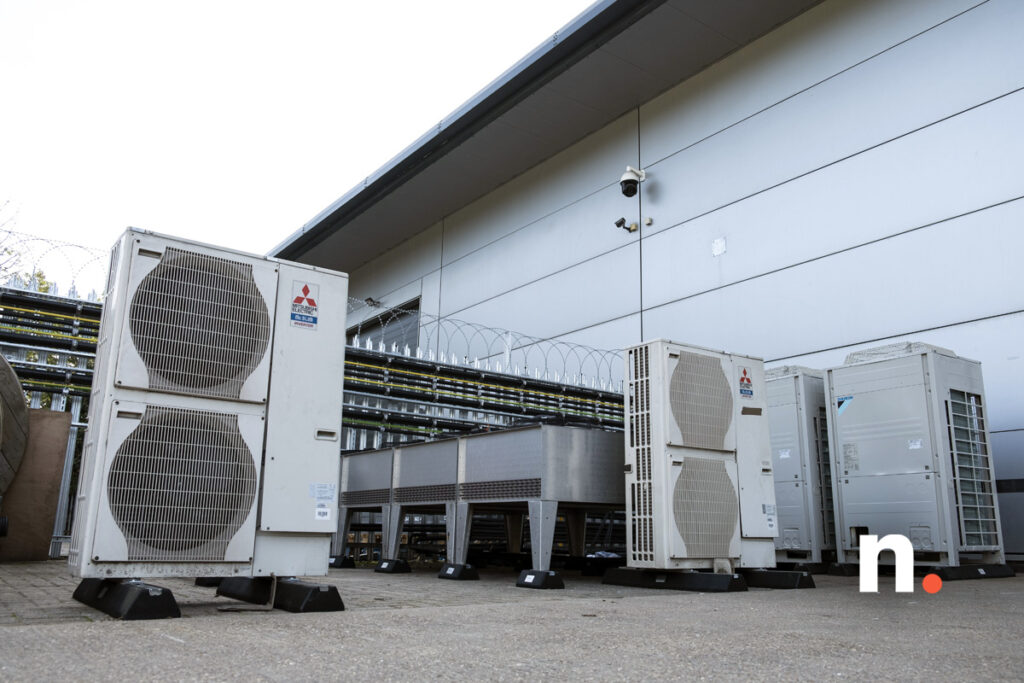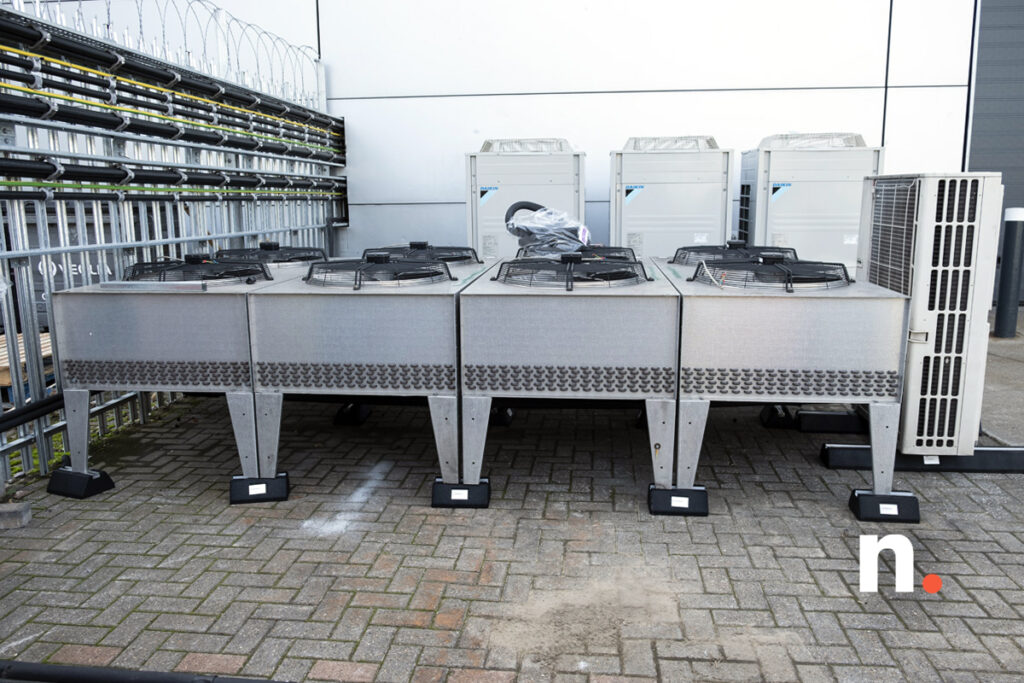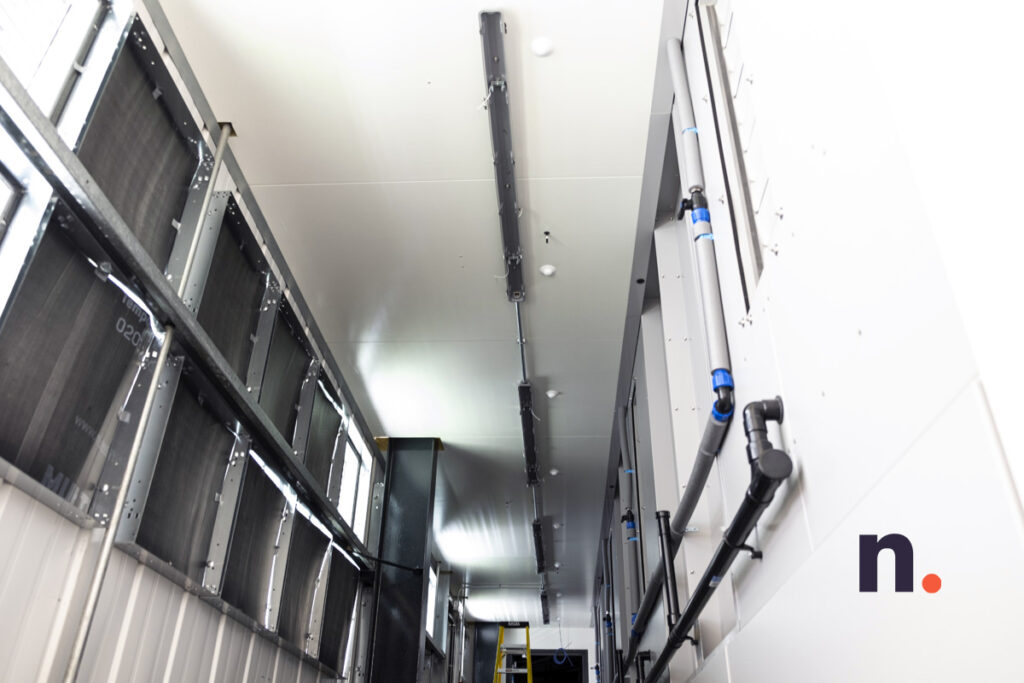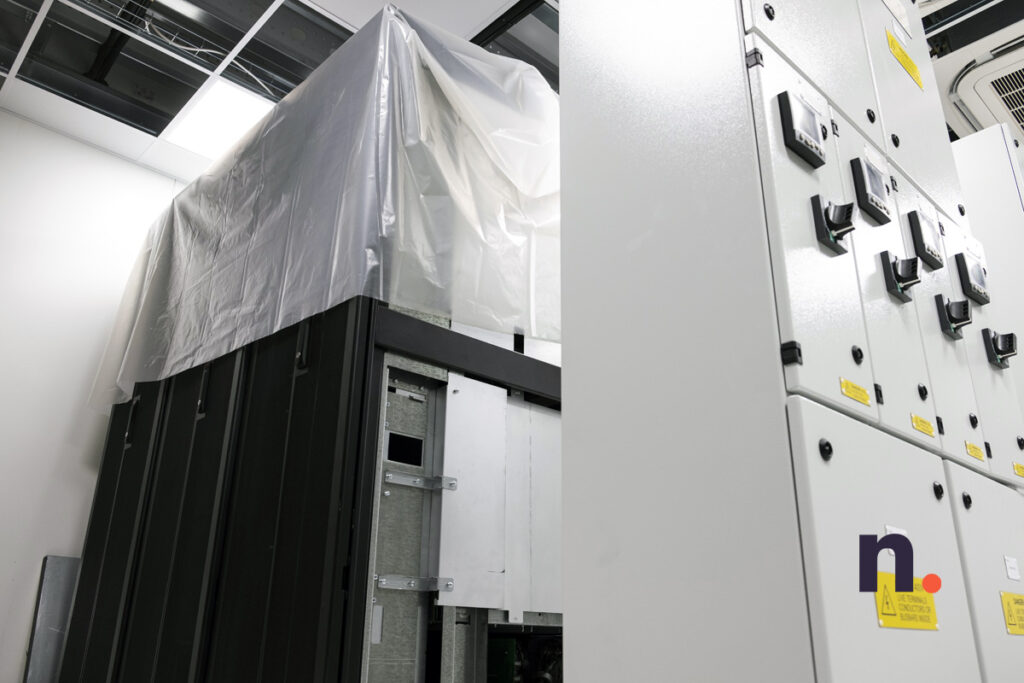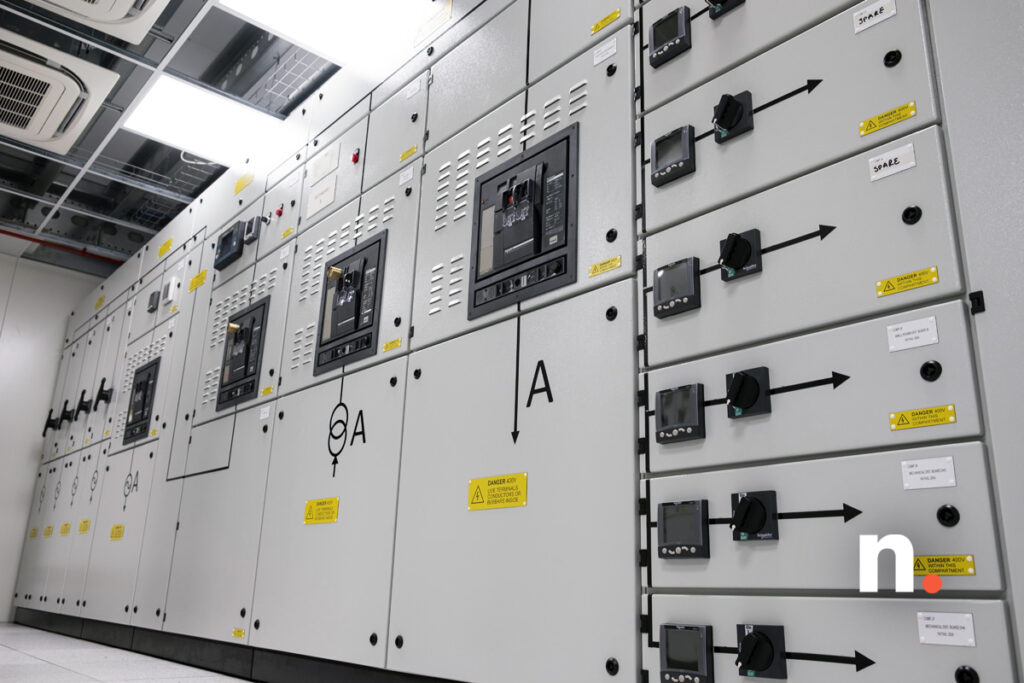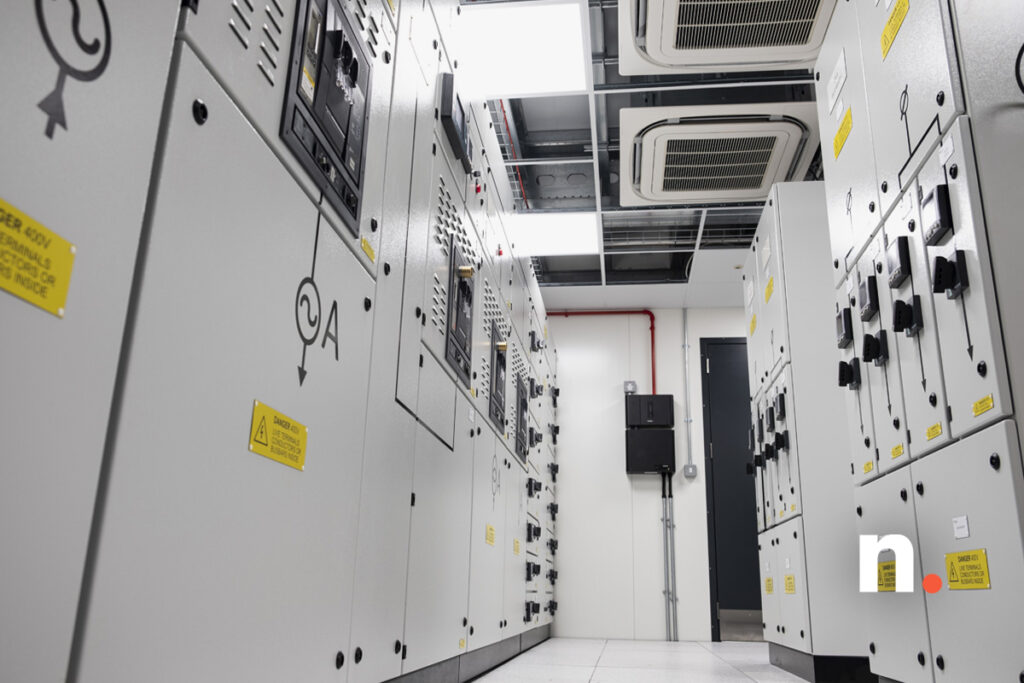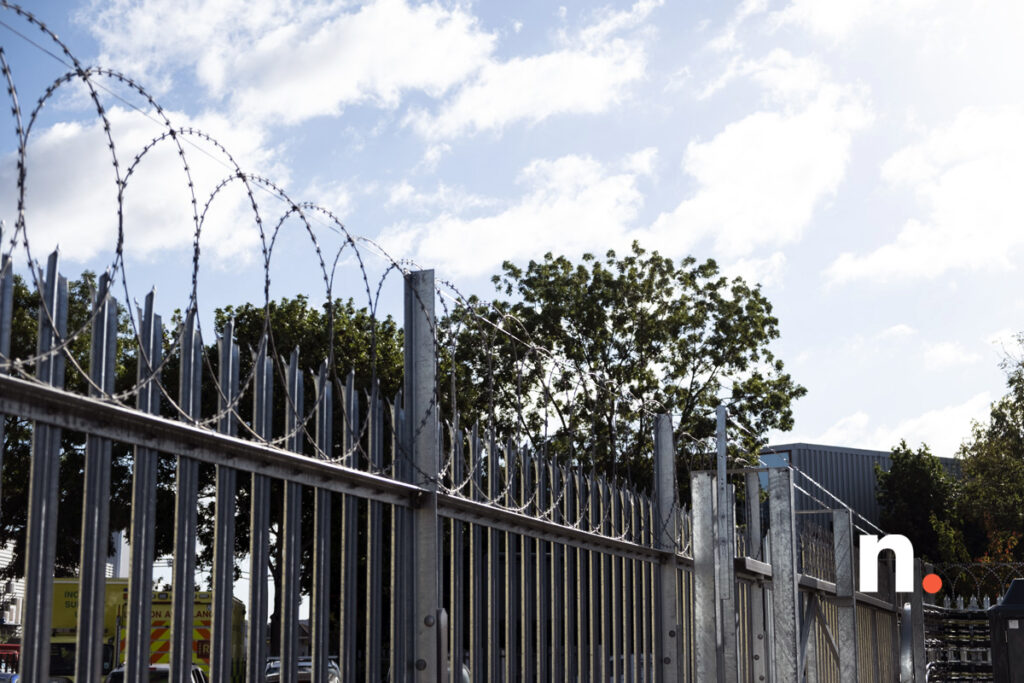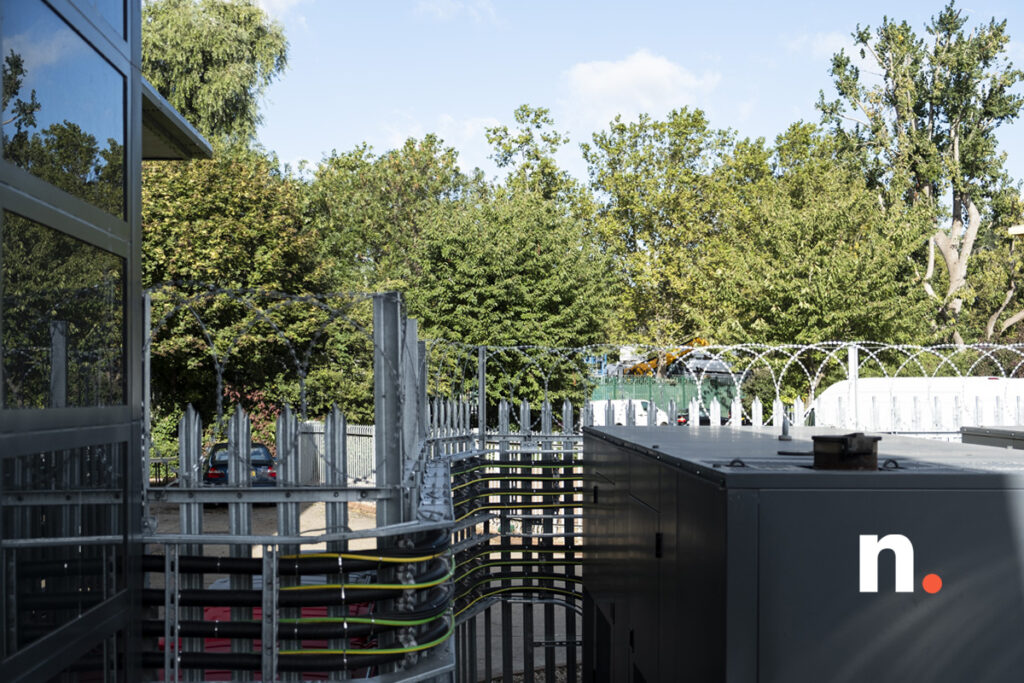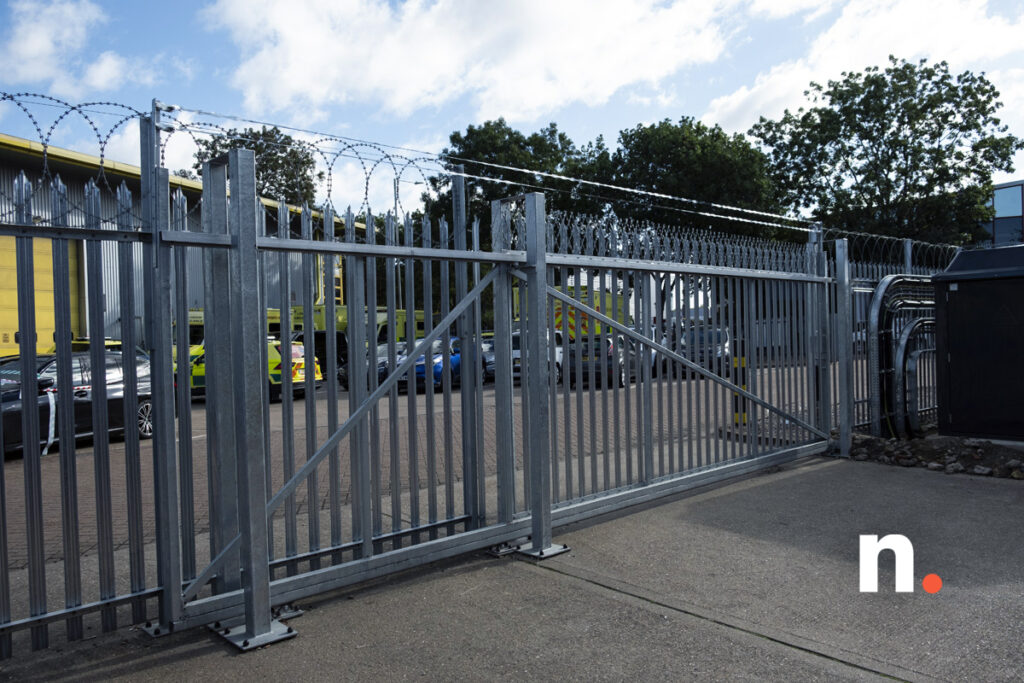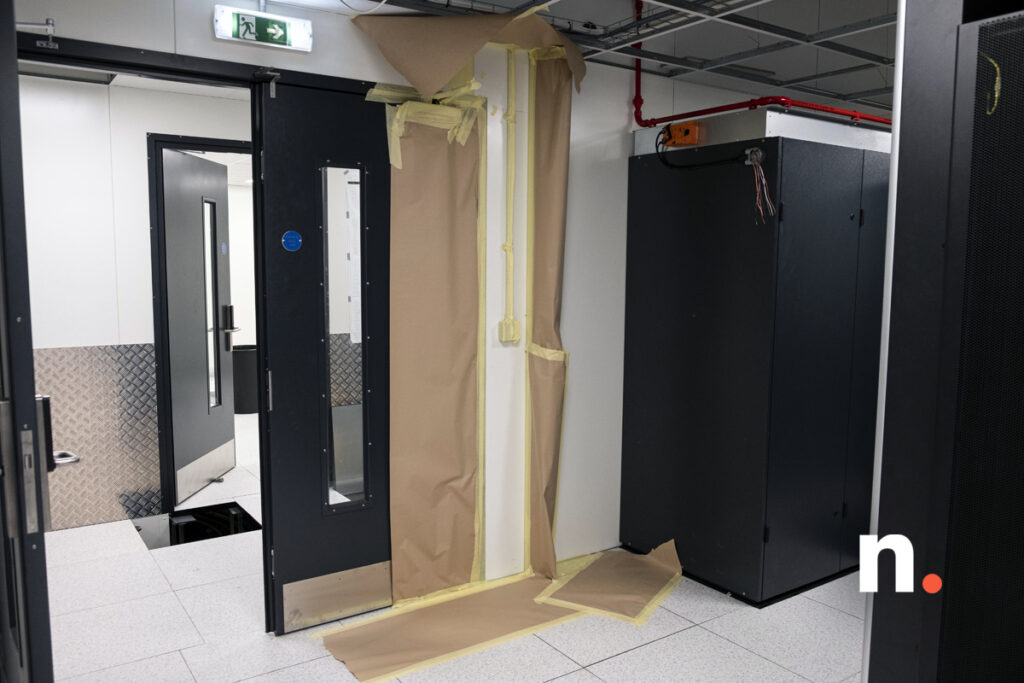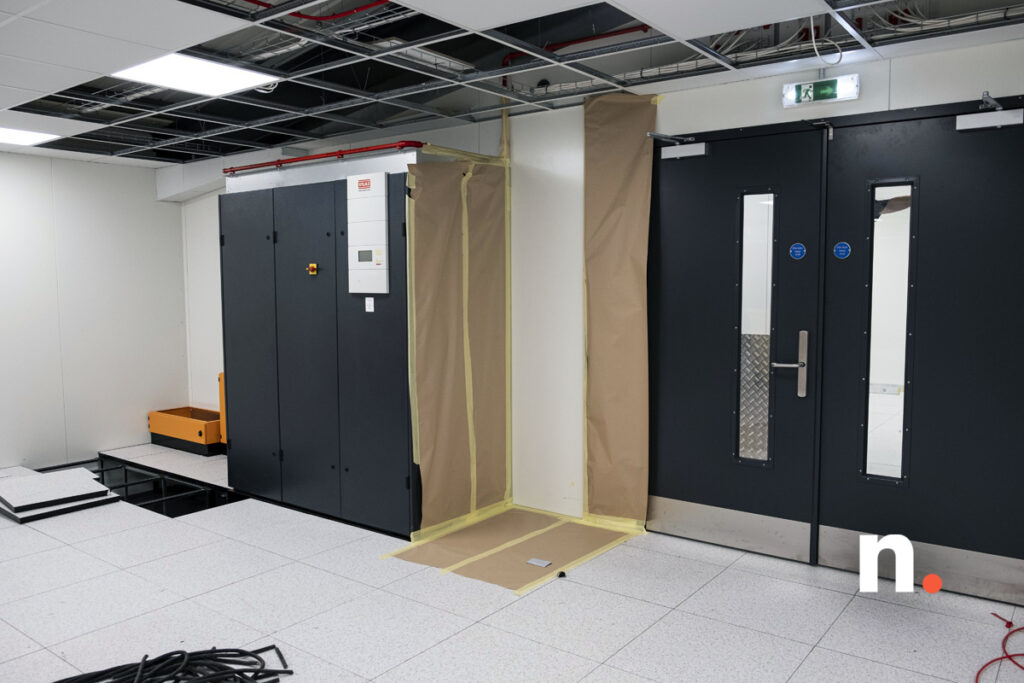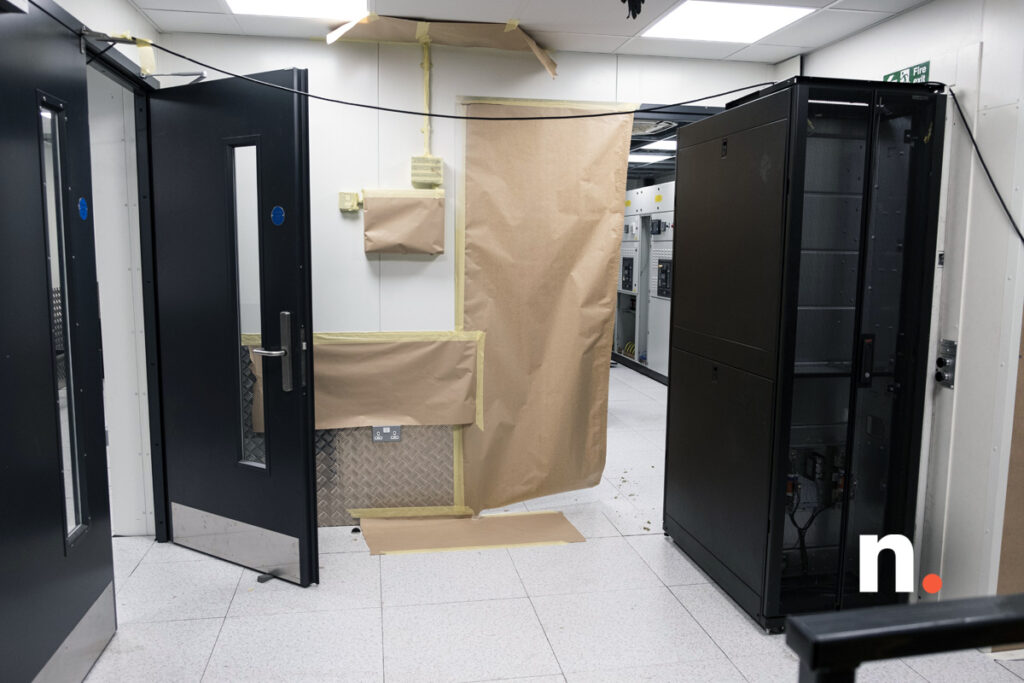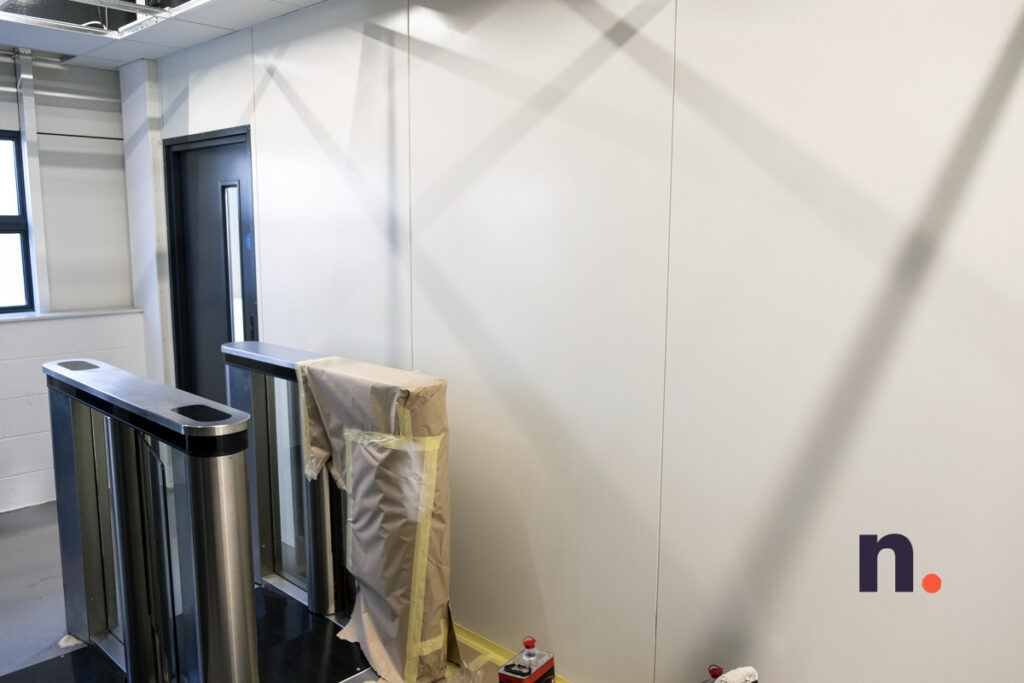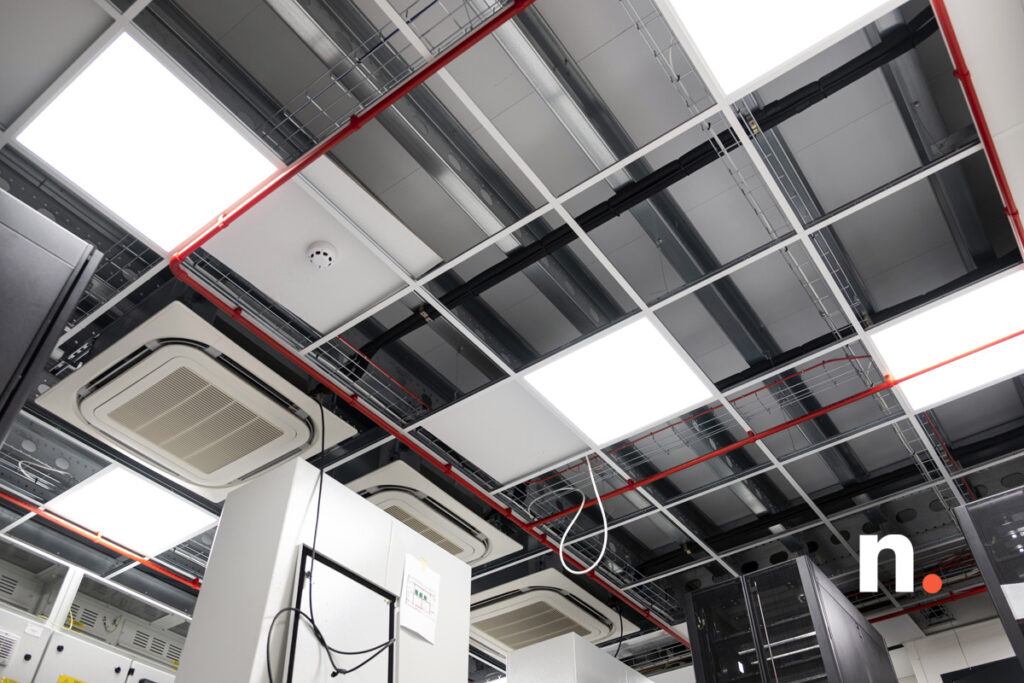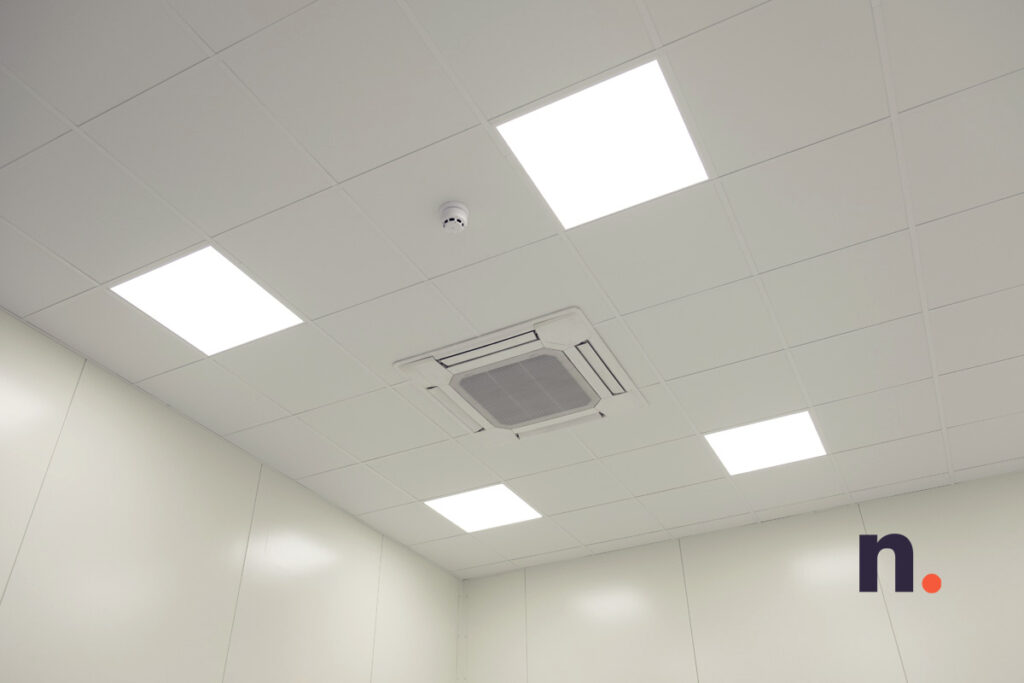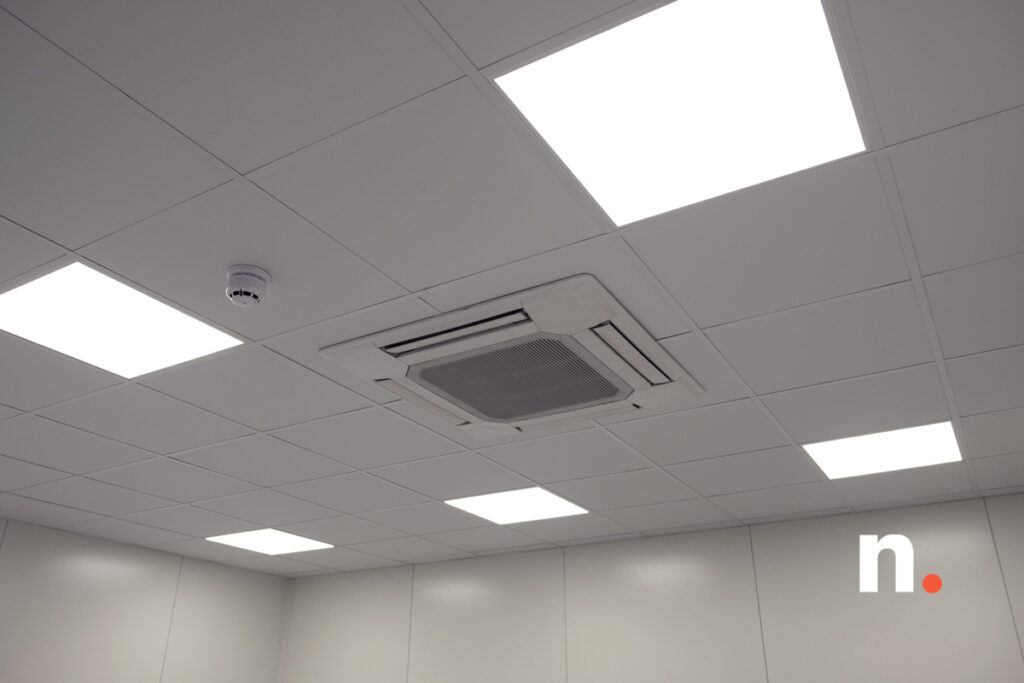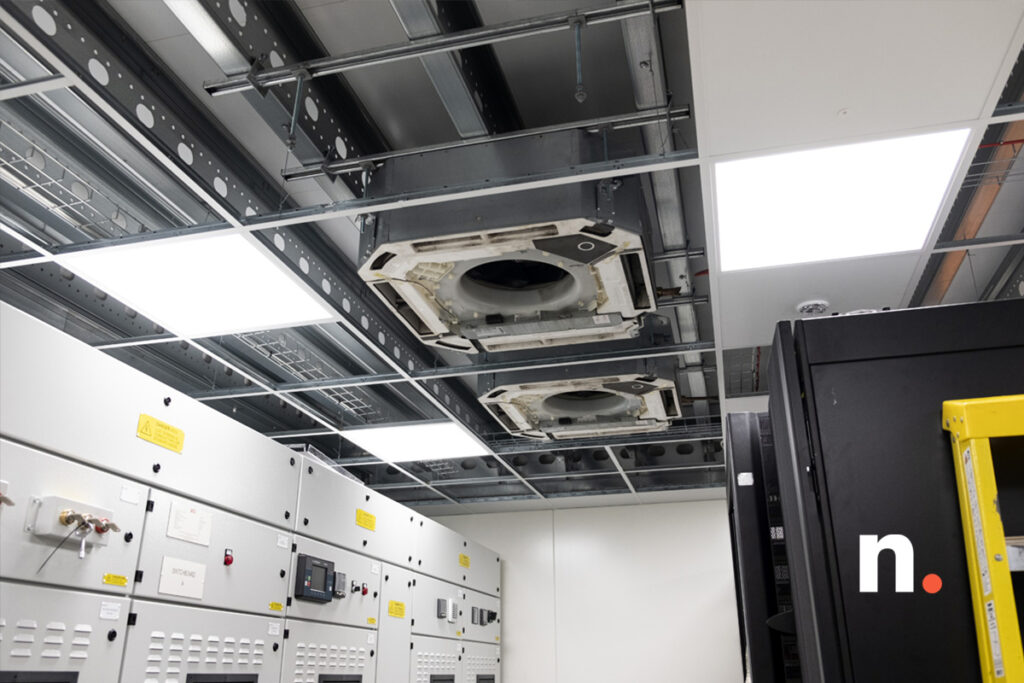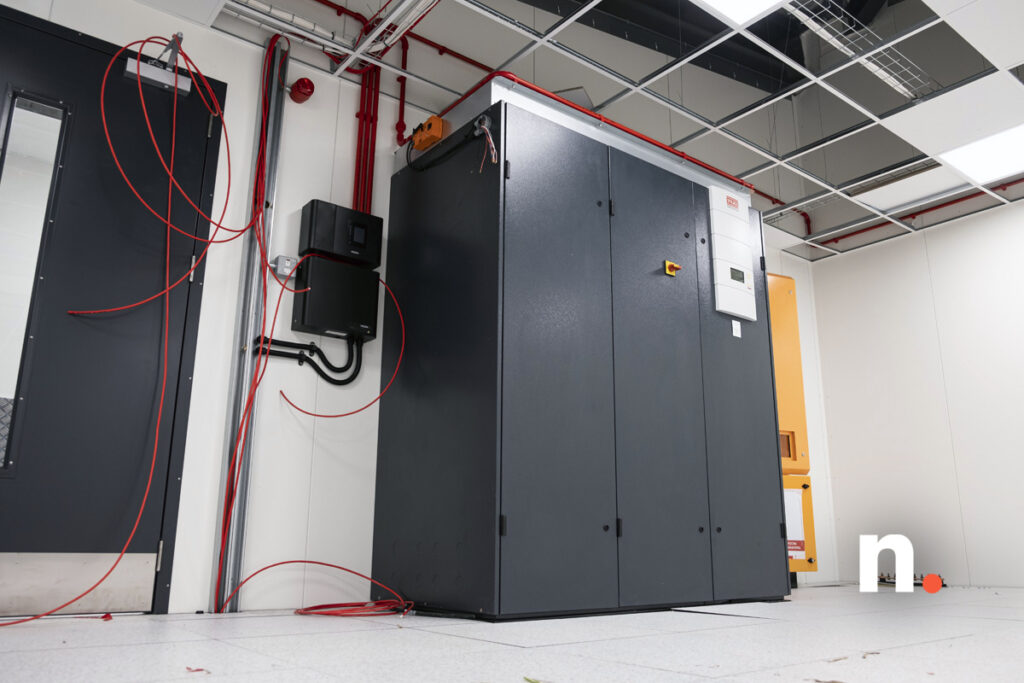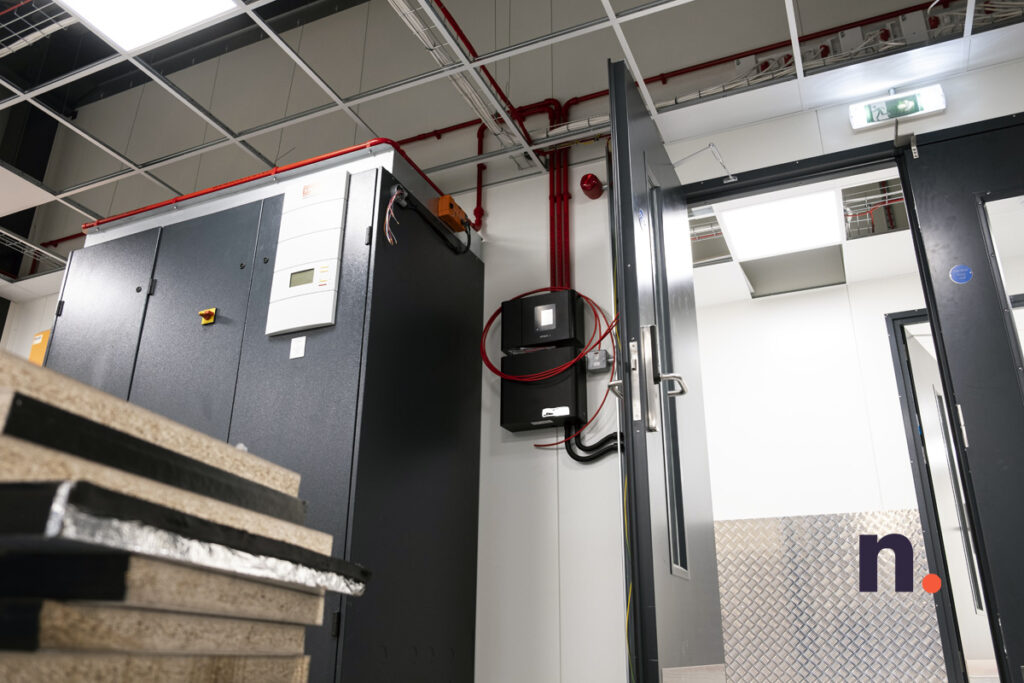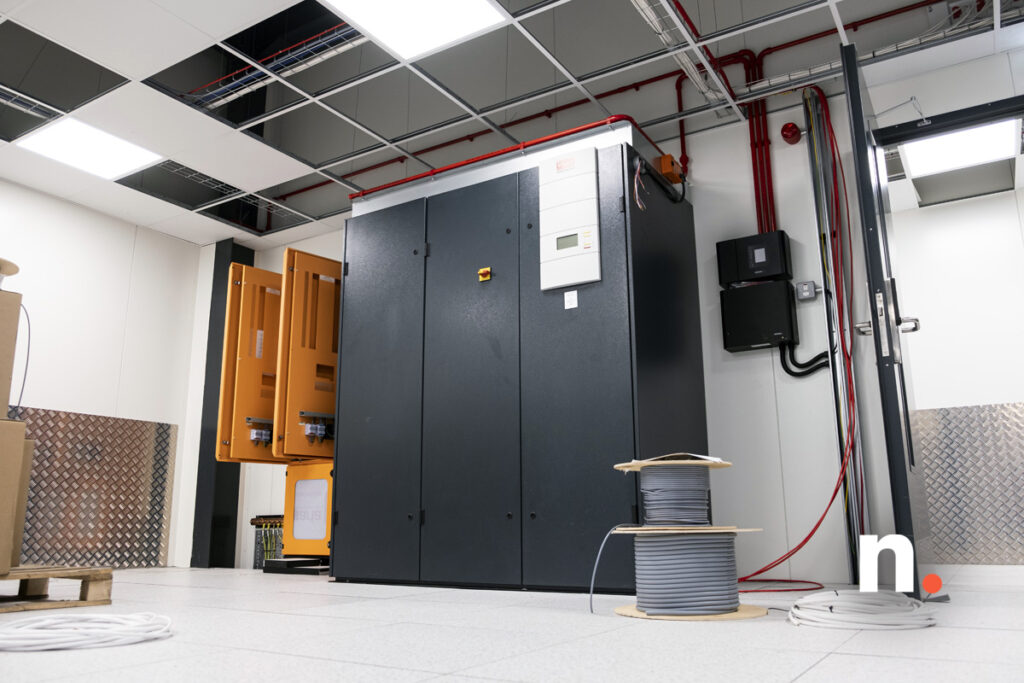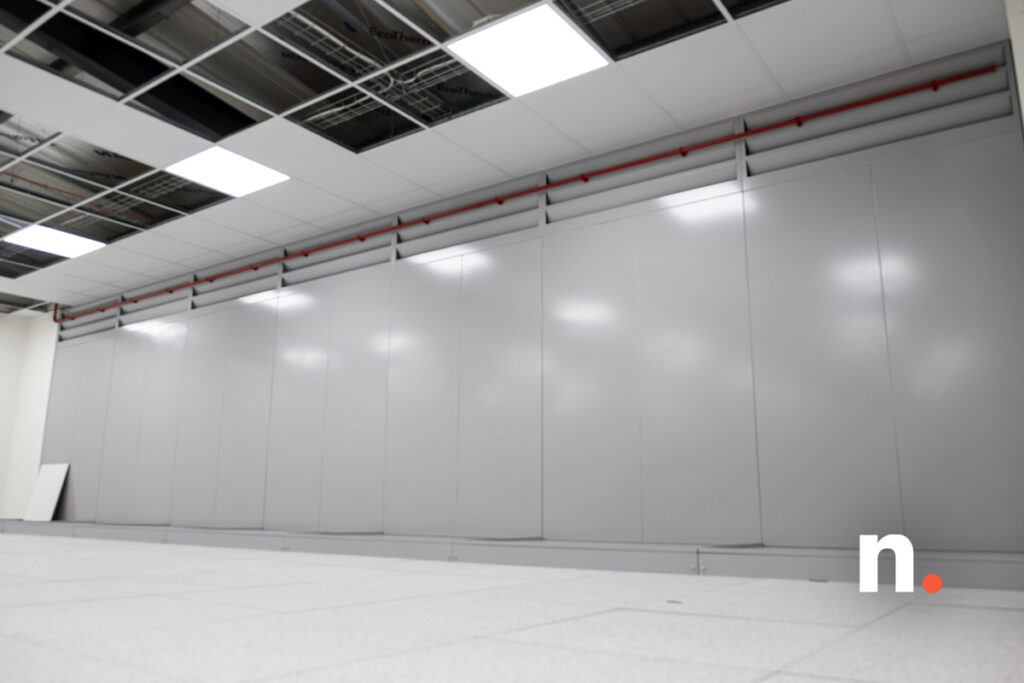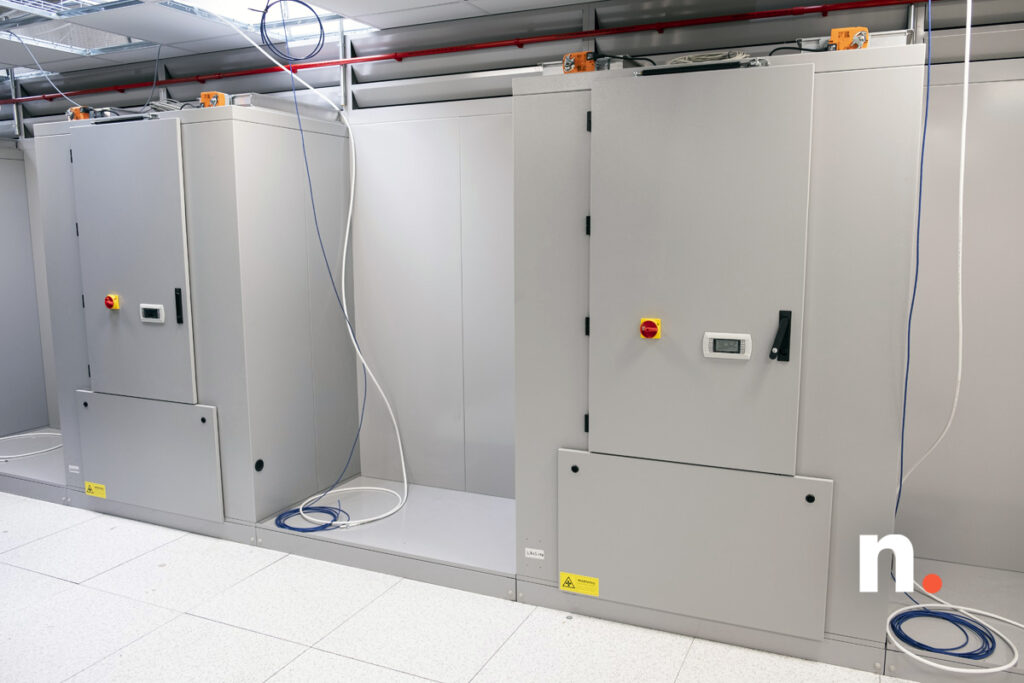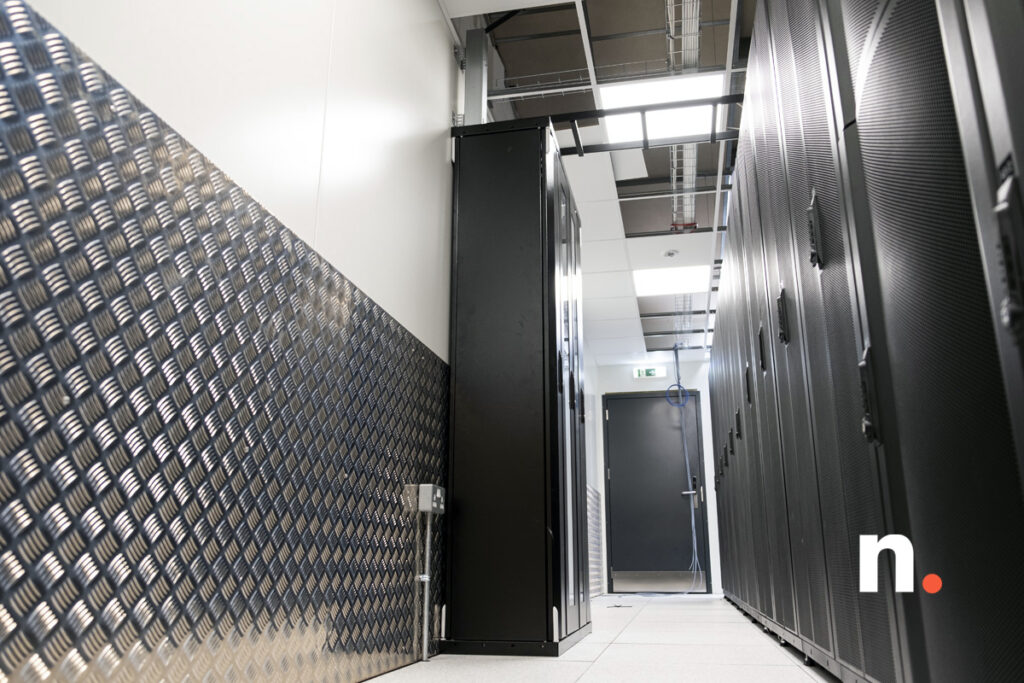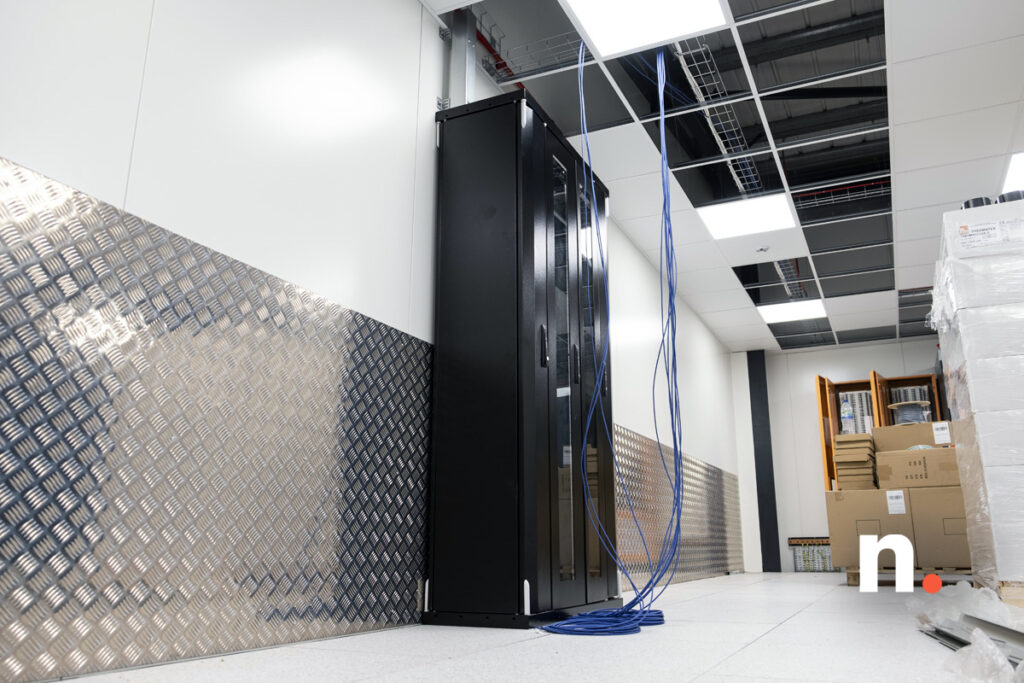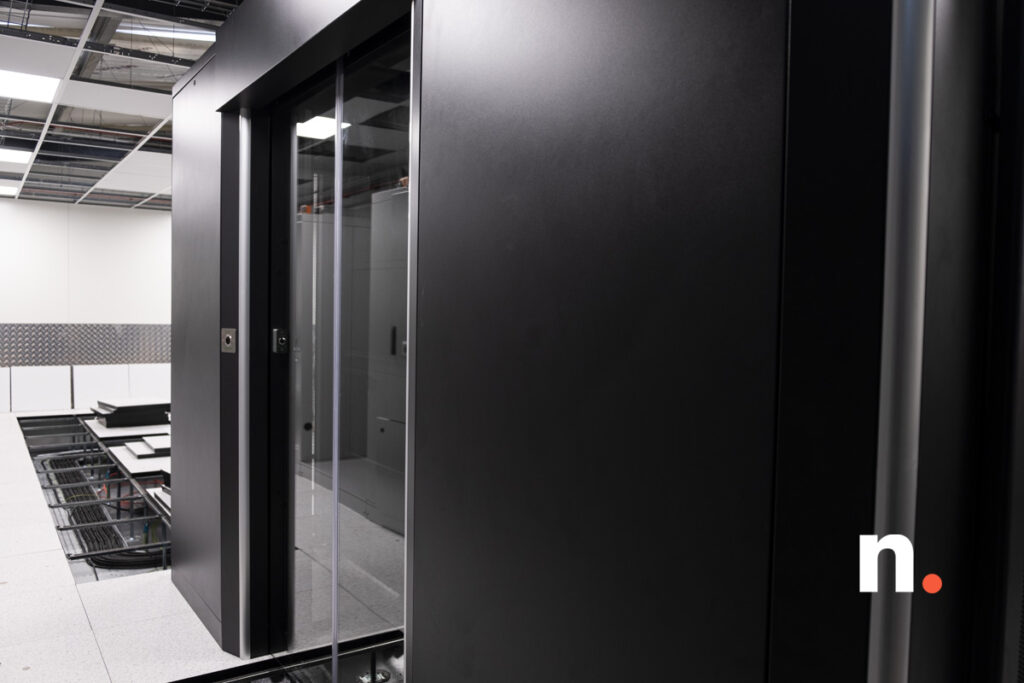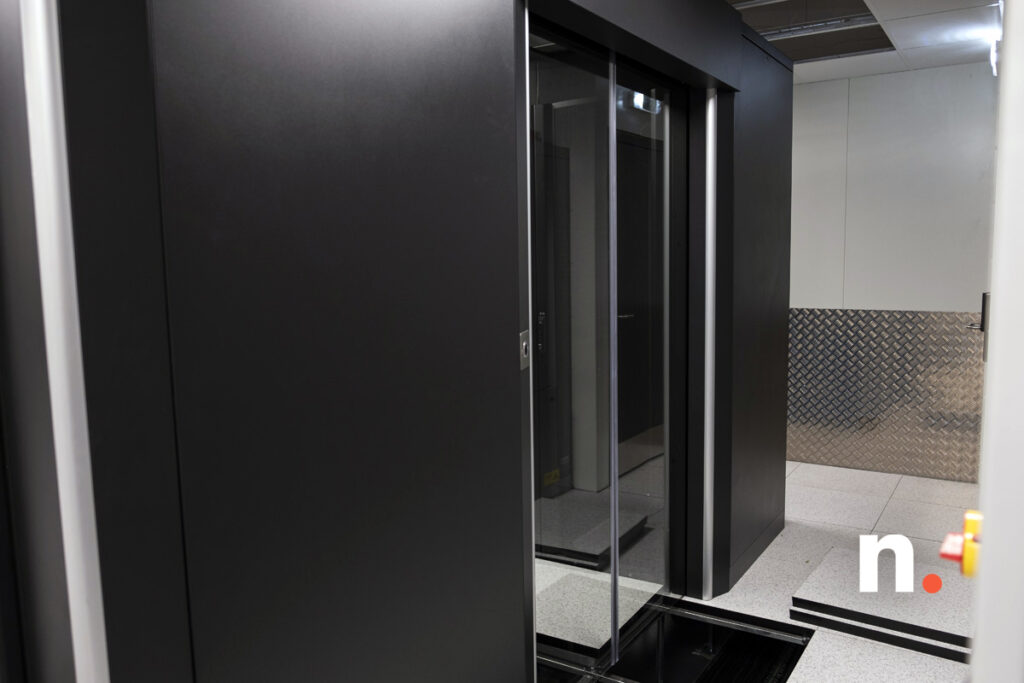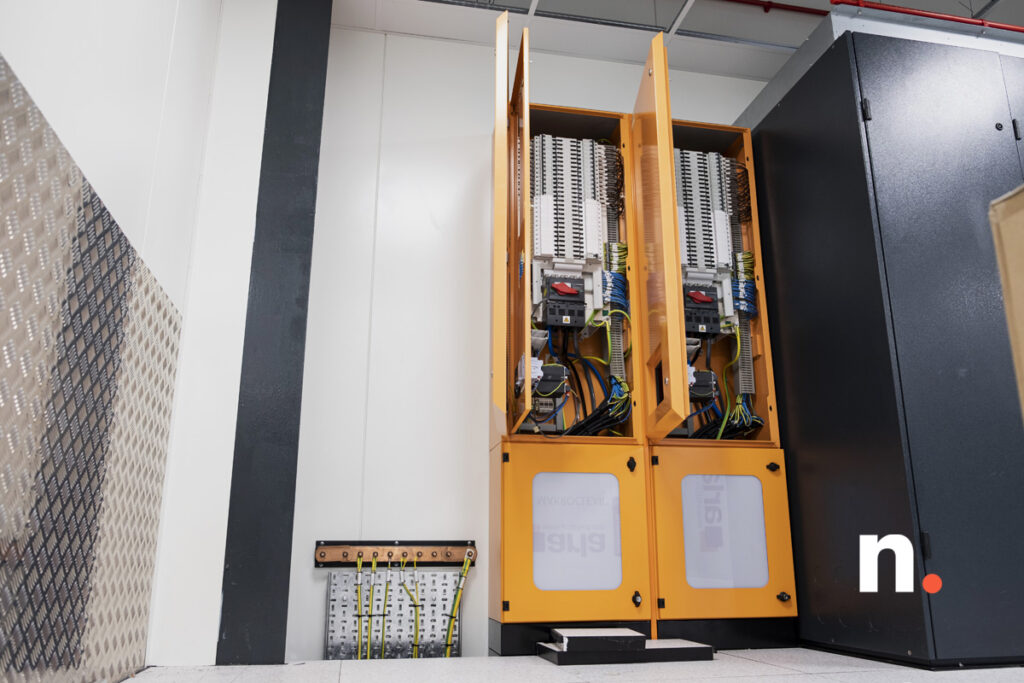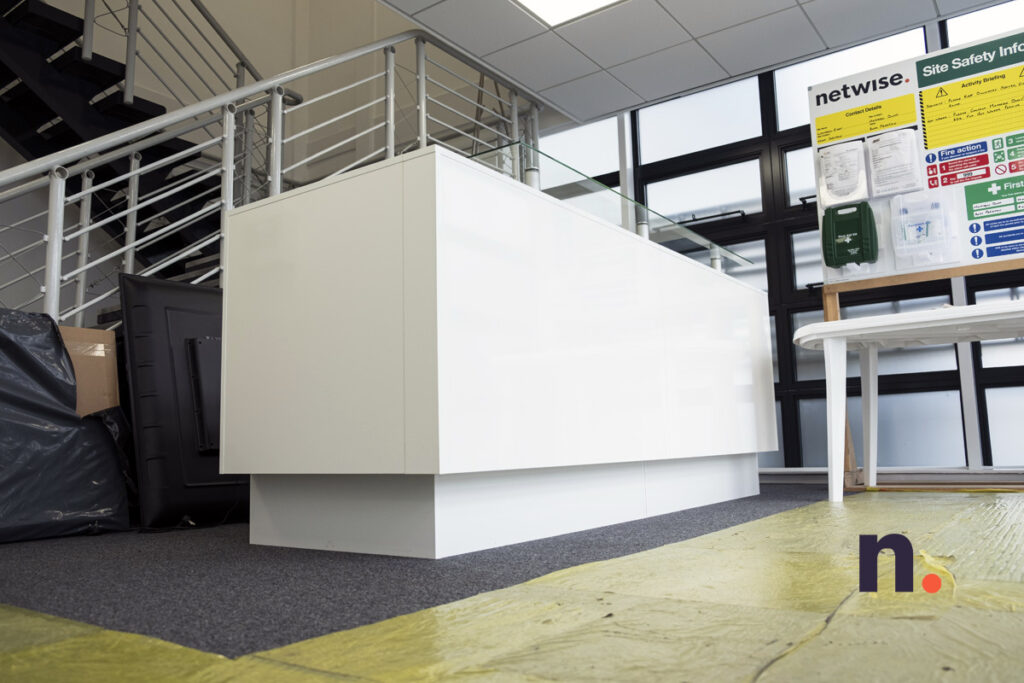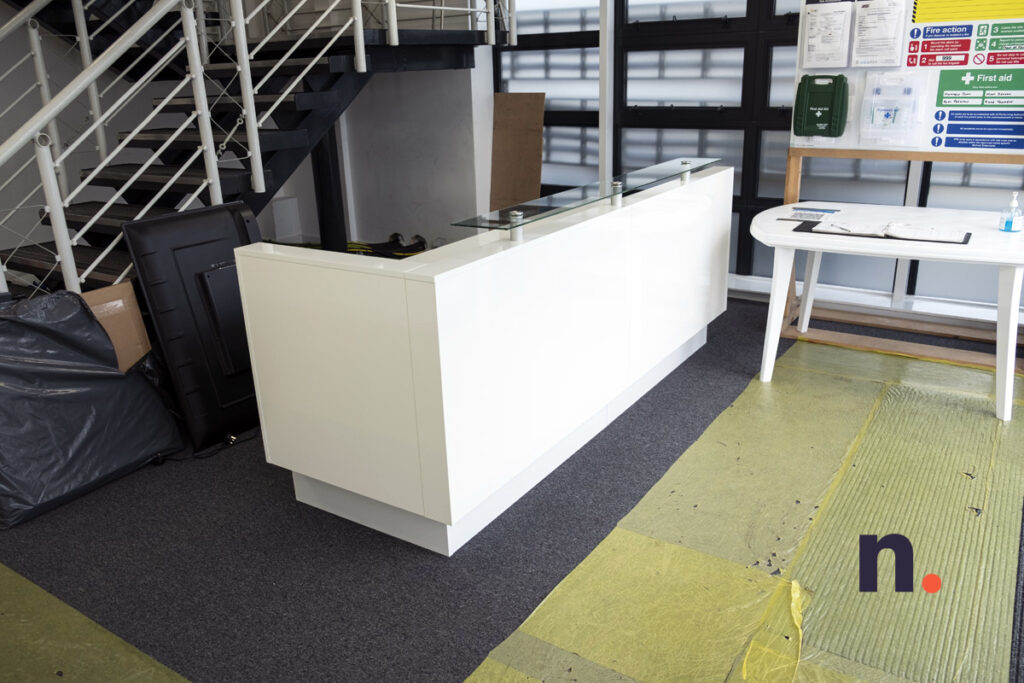Colocation facilities are relatively new innovations in the business and technology landscape, but they are growing quickly. In fact, the market for colocation facilities in the United Kingdom alone is worth more than 2 billion pounds sterling every year.
Of course, not all colocation data centres are created equal. If you want to find the best services possible, you’ll probably have to shop around a little.
So how can you make sure that you picked the right colocation data centre for your unique situation? Read on to learn all about the most important considerations to keep in mind when picking a colocation data centre.
1. Pick a data centre with the right power density
Using a colocation data centre is an investment in the long-term future. That is why it is important that the data centre that you choose is also oriented towards the future. If a data centre has enough power density for current technologies, but not for future ones, it will not be able to adequately provide for your long-term needs.
For that reason, it is important to pick a data centre with a high enough power density to cover all of your current needs as well as a significant increase in your demand looking ahead. That way, when your needs inevitably increase in the future, your data centre will still be able to provide what you are looking for.
In particular, you will want to watch out for colocation data centres that came to be before the density boom. Many of these are unable to support more than 2kW per cabinet.
For that reason, you might want to go with a data centre that was designed and built more recently. More recent constructions are more likely to integrate the latest developments in technology.
2. The best colocation London has to offer should provide network carrier redundancy
No matter how advanced everything else about your system is, your connectivity is ultimately reliant on networks and carriers. If the connectivity of a given data centre relies on only a single path network, then no matter how well designed everything else is about the facility, if the carrier suffers from problems, so will the data centre.
For that reason, the best data centre should provide network redundancy. When a colocation data centre has many networks through which clients can access connectivity, it is less likely to run into potential problems.
3. Find data centres in the right location
When it comes to technological solutions like colocation data centres, people sometimes make the mistake of underestimating the importance of physical location. Physical location may not be as important for technological solutions as it is for other kinds of solutions, but it still makes a significant impact on service.
One thing to keep in mind is vulnerability to natural disasters. You might want to pick a colocation data centre that is in a very safe part of the world.
At the same time, the closer your data centre is to you, the better that can often be for ongoing management and maintenance. You’ll also want your systems to distribute services as close to your end users as possible, as this will ensure the best possible low-latency access.
On top of that, there are some times when you need to physically access your data centre. In those cases, you will not want it to be too far away. For that reason as well, the ideal data centre will not be more than one or two hours of transportation away.
4. Pick data centres with the right physical security
In the same way that people neglect the importance of physical location, they sometimes neglect the importance of physical security. Physical security is still a major factor even in technological solutions. Everything in the digital world is still reliant on physical systems.
For that reason, you should look into security practices at each data centre. The data centres with the best security practices can provide more reliable service.
5. The best colocation data centres have backup plans
Some people are so confident in their systems that they feel they do not need backup plans. However, true certainty comes when you are sure your system is solid, and you have a backup plan in place regardless. You should find a data centre operator that can assist with your own disaster recovery plans.
Not having a business continuity plan is a red flag. You should absolutely pick a data centre that is fully able to deploy your systems with business continuity in mind.
And the more layers there are in the backup plan, the better. Offering services in multiple on-net locations, for example, would be one excellent way of achieving this.
6. Find a data centre with proper compliance
Make sure to ask about the compliance of each data centre you look at. However, you should also verify what they tell you. After all, any data centre without proper compliance is probably not going to tell you about it.
Instead, you should look up the certification of your data centre.
Enjoy all of the benefits of the right colocation data centre
We hope that you were able to take away something helpful from this brief article on some of the most important things that you should consider when you are choosing the right colocation data centre for your situation.
Although it takes longer to shop around and do your due diligence, doing so is an investment that will pay off for many years to come.
To learn more about how to pick the right colocation data centre or to find a quality supplier, feel free to reach out and get in touch with us here at any time.

